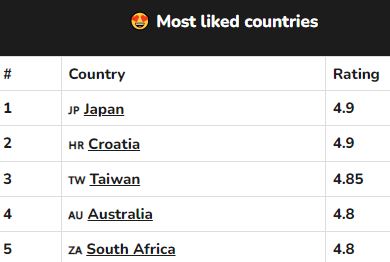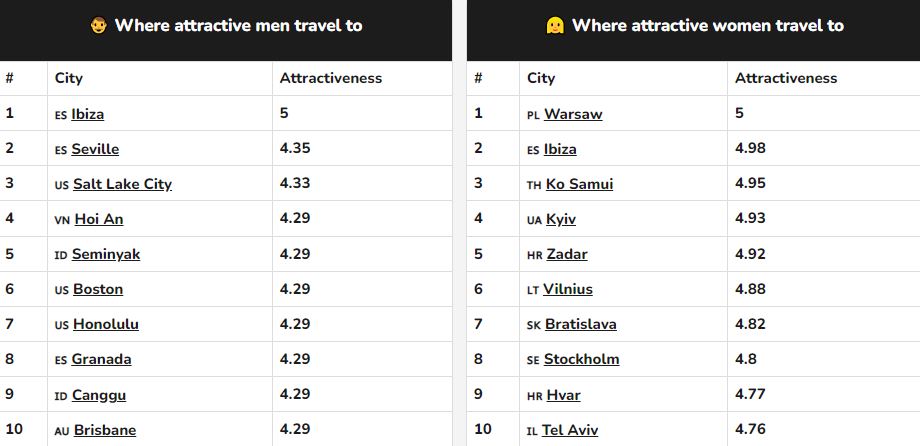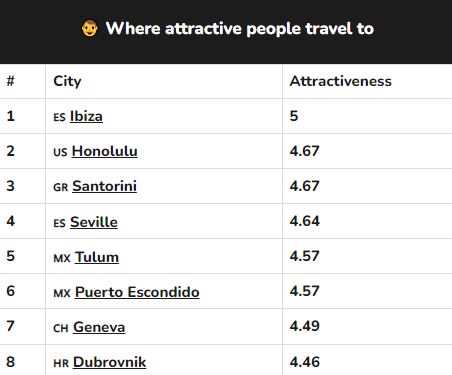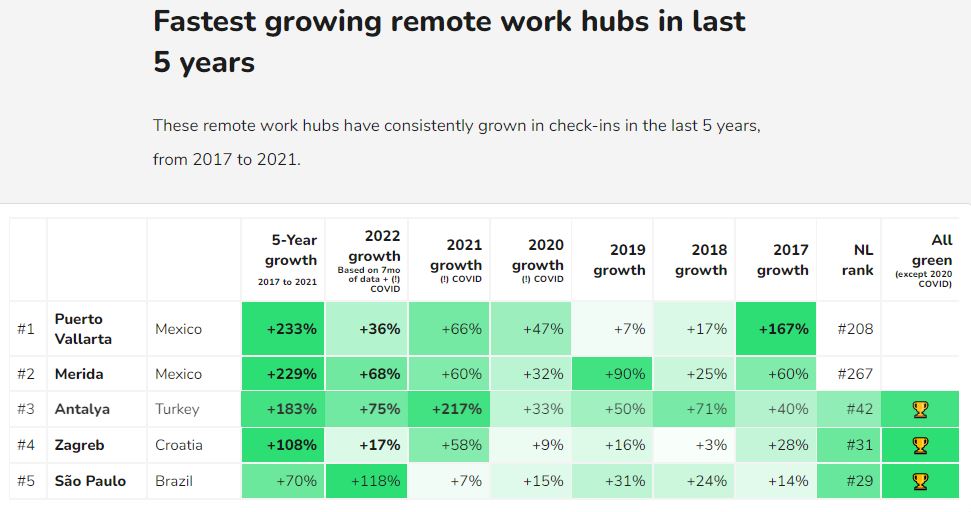Zadar Airport Traffic: 20% Increase in 2022 Expected Compared to 2019!
July 4, 2022 - Zadar Airport traffic is expected to increase by 20% this year compared to the record-breaking 2019!
The increase in the number of passengers at Zadar Airport in June continued on the first weekend of July, reports HRT.
Namely, the airport has estimated that the season will end with 20% more traffic than the record 2019, before the pandemic. The terminal was crowded rom early Sunday morning. Ivan Skelin, head of the traffic and operational sector of Zadar Airport, said that traffic in June was better than ever, that is, the record 2019.
Zadar Airport expected around 7,500 passengers on 28 scheduled planes on Sunday, Ivan Skelin, manager of the transport and operational sector of Zadar Airport, told HRT. He adds that about 20 smaller aircraft are also expected.
"From Friday to Sunday, there are 95 airliners, and the total number of passengers could be around 22,000 or 23,000," Skelin said.
For now, traffic at Zadar Airport in June, with 173,000 passengers, is better than the record 2019 at the same time.
"In July and August, we expect 30% more passengers than in June, which means around 220,000 passengers in July and the same number in August. This year will surely be a record year, about 15-20 percent more than 2019," Skelin pointed out.
When asked if there were flight cancellations considering that some airlines have problems due to a lack of workforce, Skelin said that Zadar Airport does not have such problems.
"All over Europe, there is a labor shortage problem due to the fact that they laid off several people. It's hard to get them back. Schooling lasts quite a long time, 2-4 months," Skelin said and spoke about when there could be problems during the summer, and when a better situation is expected.
"Our main carrier is Ryanair with 75% of the total business and it has no cancellations for now," he added.
He confirmed that tenders for seasonal jobs at the airport are still open.
For more on flights to Croatia and other travel announcements, make sure to check out our dedicated travel section.
NomadList 2022: Croatia #1 in Europe, Zagreb, Split, Hvar, Zadar, Dubrovnik in Top 10s
July 3, 2022 - The NomadList 2022 State of Digital Nomads report is out - and there is lots of good news for Croatia.
It is hard to imagine that a little over 2 years ago, the term 'digital nomad' was almost unheard of in Croatia. An open letter to the Prime Minister from a Dutch entrepreneur in Split asking for a digital nomad visa changed all that, setting in motion a chain of events where the term 'digitalni nomadi' is now a widely recognised term in the Croatian language by the majority of the population.
And the nomads are coming... and liking what they see. Award-winning events such as the Dubrovnik Digital Nomads-in-Residence programme and Zagreb Digital Nomad Week have helped to put Croatia on the remote work map, and Croatia is now featuring regularly in the top places to enjoy the remote work revolution.
Getting accurate data about how many digital nomads there are, where they travel to, and what their preferences are, has been a challenge, however, as such data is not captured by traditional data collection methods. One of the most respected sources of data, collected in real time from actual registered nomads, comes from one of the leading websites catering to the digital nomad community - NomadList.
Last year, NomadList released a major survey about the digital nomad lifestyle, extrapolating data from their members, and there was plenty of good news for Croatia. As TCN reported at the time, Croatia was placed second as the most liked country for nomads behind Japan, while Zagreb made it to the top 5 most-liked cities in the world (and the first in Europe). You can read more analysis of last year's survey here.
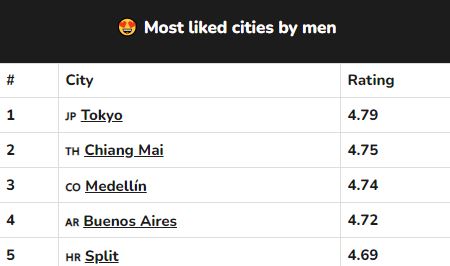
The NomadList 2022 survey has just been released, and there is LOTS of good news for Croatia, as well as evidence that the remote work revolution is spreading around the country. In addition to Croatia being named as the most-liked country in Europe again (and globally number 2 behind Japan), no less than five Croatian destinations make it into one of the top 10 lists in the survey - Zagreb, Split, Dubrovnik, Zadar, and Hvar.
An explanation about the data for the NomadList 2022 survey from the website itself:
In this report, we try to figure out who these people are, what work do they do, and how they spend their life based on data from tens of thousands of Nomad List members. In this report, we try to figure out who these people are, what work do they do, and how they spend their life based on data from tens of thousands of Nomad List members. This page is built LIVE with data pulled straight from the database every day, so it's always up-to-date. Conclusions you can derive from this are always limited and merely indicative but possibly interesting. Nomad List is a paid membership community, which means there's a selection bias as people who do not or cannot pay are not in the dataset. On the other hand, free digital nomad communities, like on Facebook, require no commitment to join, therefore it's not clear if these people are merely aspirational or active nomads or not. On Nomad List we can confirm they are active based on their travel logs.
You can see the full report here.
I won't pretend I fully understand the criteria behind what defines attractive men and women, but I include it as it shows that other destinations such as Hvar are now being discovered. There is a real buzz about Croatia at the moment, and several destinations are now joining the remote work revolution, and I would fully expect several more Croatian destinations to be part of the 2023 survey.
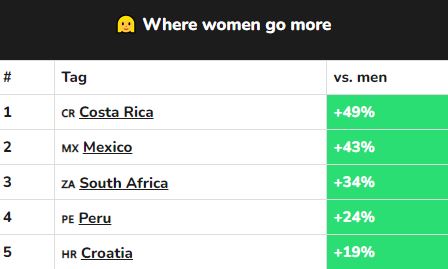
One interesting list was that of Croatia's inclusion at number 5 in the destinations where female nomads go more than male nomads, a nod I think to the fact that Croatia is a very safe country in general, with many female travellers commenting on how safe it feels to travel around.
Perhaps the most satisfying find of all, however, is the rise of Zagreb, Europe's fastest-growing remote work hub in the last 5 years, and the fourth fastest in the world. With much of that growth coming last year and coinciding with the inaugural Zagreb Digital Nomad Week, it is hoped that this year's ZDNW in October will continue that trend.
For more news and features on digital nomads in Croatia, follow the dedicated TCN section.
Croatia Flight Cancelations in July from Eurowings, Austrian, Lufthansa, and easyJet
June 28, 2022 - The latest flight news as Croatia flight cancelations in July from Eurowings, Austrian, Lufthansa, and easyJet have been announced.
Eurowings, Lufthansa, and Austrian Airlines have canceled a total of 55 return flights to Croatian airports announced in July this year, all to ensure regular operations due to a lack of staff within the airlines and at the airports to which they operate, reports Croatian Aviation.
The three mentioned Lufthansa Group carriers canceled 55 return flights to Zagreb, Rijeka, Pula, Zadar, Split, and Dubrovnik.
Lufthansa has reduced the number of flights on only one route to Croatia, between Zagreb and Munich, so in July, it will operate 6 instead of 7 times a week on this route, for a total of 28 return flights.
Low-cost airline Eurowings reduces traffic on 10 international routes to six Croatian airports:
Cologne - Rijeka, instead of 13, announced 9 flights (canceled 4),
Cologne - Zadar, instead of 13, announced 9 flights (canceled 4),
Cologne - Zagreb, instead of 26, 14 flights announced (12 canceled),
Cologne - Dubrovnik, suspended line, last flight performed on June 12,
Dusseldorf - Rijeka, instead of 14, 11 flights announced (3 canceled),
Dusseldorf - Zagreb, instead of 13, 9 flights announced (4 canceled),
Stuttgart - Pula, instead of 7, 6 flights announced (1 canceled),
Stuttgart - Rijeka, instead of 9, 6 flights announced (3 canceled),
Stuttgart - Split, instead of 41, 38 flights announced (3 canceled),
Stuttgart - Zagreb, instead of 23, announced 14 flights (canceled 9),
In July, Austrian Airlines continues to operate daily to Adriatic airports, Zadar, Split, and Dubrovnik, but significantly reduces the number of flights to Zagreb airport.
Instead of 53 scheduled return flights in July, Austrian has canceled 9 and now plans 44 flights on this route for July.
The Lufthansa Group is no exception among carriers. Companies and airports were not ready for high demand this summer, resulting in a shortage of workforce in all segments of air transport, from a lack of flight and cabin staff to the crew at airports (check-in, loading, and unloading of luggage, general reception and departure of passengers and aircraft). There are also standard problems with the workforce in air traffic control, which is why aircraft in the summer months rarely take off (and land) according to the planned flight schedule.
Given that the number of monthly flights by the Lufthansa Group to Croatian airports is relatively large, 55 canceled flights to Croatia in July is not a huge number, especially if this will relieve the pressure on the previously mentioned stakeholders and enable some normalization of air traffic in the peak season.
Furthermore, Croatian Aviation reports that British low-cost airline easyJet canceled 15 return flights previously announced to three Croatian airports - Pula, Rijeka, and Split. The airline also cites major operational problems at airports in London (Gatwick) and Paris (Charles de Gaulle).
On the route from London (Gatwick) to Pula, easyJet offered 27 return flights in July until Sunday, but three flights were canceled, and 24 are now available for booking.
There were supposed to be 13 return flights between Paris and Pula in July, but easyJet canceled four return flights, and only nine are now available.
easyJet has the largest number of summer flights to Split Airport, to which only six flights are currently canceled. Namely, between Gatwick and Split, 95 return flights are planned in July (previously 99), while between Paris and Split, 38 return flights are now available (previously 40).
easyJet continuously cancels flights on the new route between Rijeka and London, originally announced twice a week. The airline also cut the weekly operations in July and canceled announced flights on Tuesdays, leaving only flights on Saturdays on sale. For now, only flights on July 5 and 12 have been canceled, but the carrier has not yet revised the flight schedule for the second half of July, so further reductions may happen.
For more on flights to Croatia and other travel announcements, make sure to check out our dedicated travel section.
Zadar Digital Nomad Week Diary: The Final Days
June 22, 2022 - In the blink of an eye, the exciting Zadar Digital Nomad Week program came to a close with more keynotes and a call to nature. A look at the last two days of a great week that has helped highlight Zadar's magic in attracting digital nomads.
If you ask me, I would have thought that there was still one more week left of the Zadar Digital Nomad Week. Although six days loaded with various activities, workshops, panels, and keynotes have passed, I felt that there was more. And surely there is. I hope this doesn't sound like dissatisfaction, but I have come to the conclusion that a week in Zadar is still not enough. Looking at Zadar as a region, it becomes clear that there is still a lot to discover and do.
The participants were able to see a destination that, although it definitely stands out for its infrastructure, coworking spaces, and life on its streets, also stands above the rest when it comes to reconnecting with nature and authentic experiences. Living and working in Zadar means being in pure contact with rich history, being able to choose hundreds of destinations to visit, nature to discover, being part of its potential as a tech city, and much more.
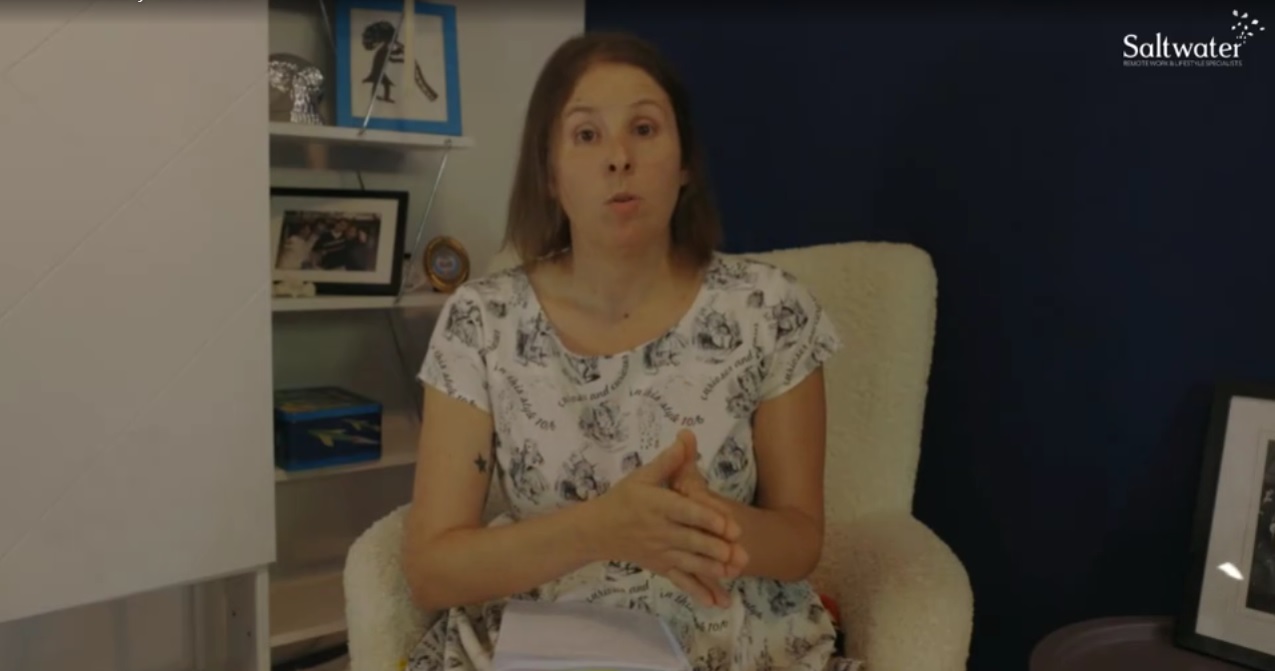
The Zadar Digital Nomad Week program reserved three very interesting keynotes for the last day, which were held online. The first of them was led by Sara Dyson, better known as ''Expat in Croatia'', who moved to Croatia 10 years ago. Sara founded ''Expat in Croatia'', now one of the top English-language resources for everything related to Croatian bureaucracy and assimilation including residence, citizenship, business, healthcare, and culture. In her live session, Sara explained how a blog managed to become a business that today has managed to facilitate the path of many people to achieve their dream life in Croatia.
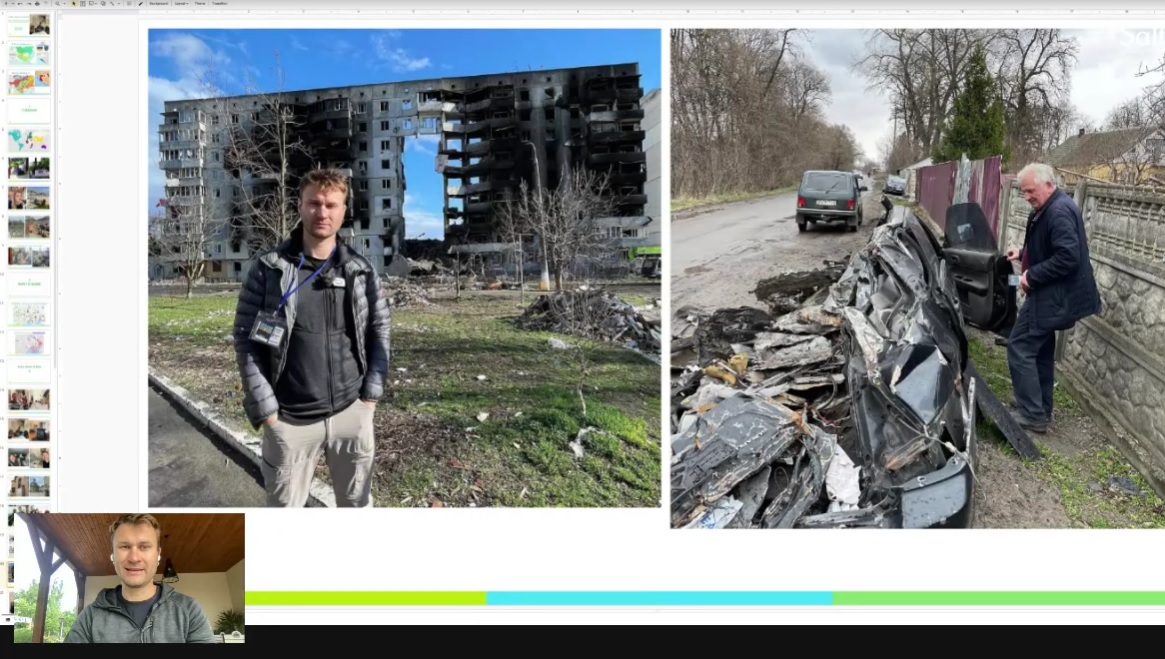
The second keynote was held by Orest Zub, a digital nomad from Ukraine. Orest was recently at the Work.Place.Culture Conference in Dubrovnik, where he participated in keynotes and panels, recounting his experience as a digital nomad in times when his country is at war. Orest tells about the internal debate of being a person with a desire to explore the world (he has visited 129 countries to date) and the feeling that he should return home. Orest, precisely, returned home to take care of his family and use his influence and platforms to recount the events of the current war in Ukraine. Almost four months after the beginning of the Russian invasion of Ukraine, Orest is traveling again but this time not only to connect with other digital nomads but to use his voice and raise awareness about what is happening in his country. Definitely, a keynote that helps to understand the social roles and responsibilities that a digital nomad can also assume beyond remote work.
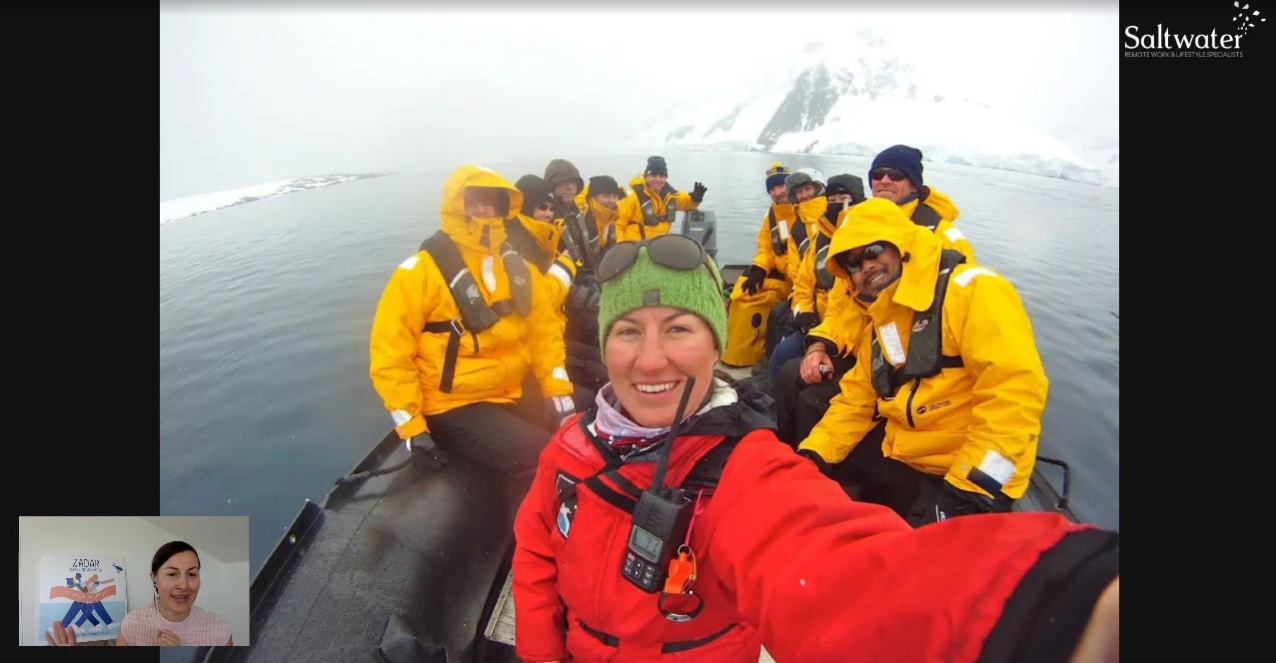
The last keynote was held by Diane Erceg, an Aussie with Croatian roots. In her live virtual session, Diane takes us all out of the box and makes us wonder, what about Antarctica as a destination for digital nomads? Diane's doctorate has covered 50 years of tourism on the ''seventh continent'', and whose many experiences at the globe's south pole are soon to be made into a book. Digital nomads tend to pursue destinations that, in addition to satisfying their most personal desires, such as destinations with tropical climates, paradisiacal beaches, or jaw-dropping landscapes, also have to meet the requirements that allow them to work remotely, such as good WiFi or coworking spaces. Precisely, in a Zadar Digital Nomad Week that has brought us closer to nature and the authenticity of a destination, Diane tells us about the ways in which it is possible to reach Antarctica as a digital nomad and live a truly unique experience compared to others destinations in the world.
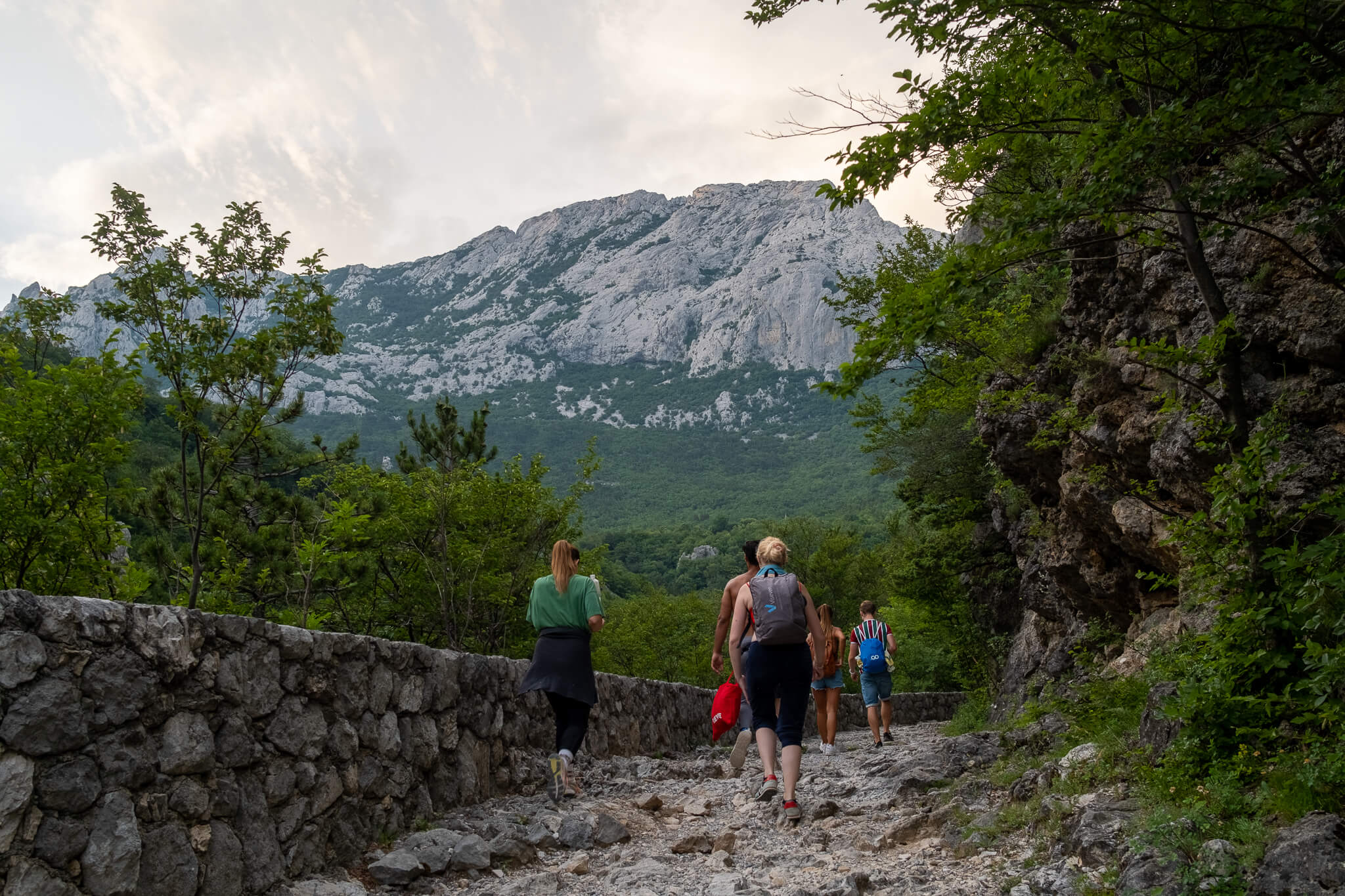
There was no better way to close not only the day but also the Zadar Digital Nomad Week, than by packing all our things and heading to Paklenica National Park, 50 minutes from Zadar city by car. Reconnecting with nature took on a new meaning, as we hiked for almost two hours in the direction of Planinarski Dom Paklenica, a cabin that welcomes adventurers and hikers. The cabin is located in the middle of the national park, and the only thing that surrounds you are its forests and impressive peaks. It sounds curious that the closing activity in a digital nomad event means being away from WiFi, technology, and coworking spaces, but at no time was it a reason for complaints. All the participants began the walk with the mindset of reconnecting with nature, with themselves, and even as an opportunity to share and create authentic bonds. Fireflies lighting up the night, and the morning donkeys bringing supplies to the cabin, are details that helped create that real atmosphere of presence.
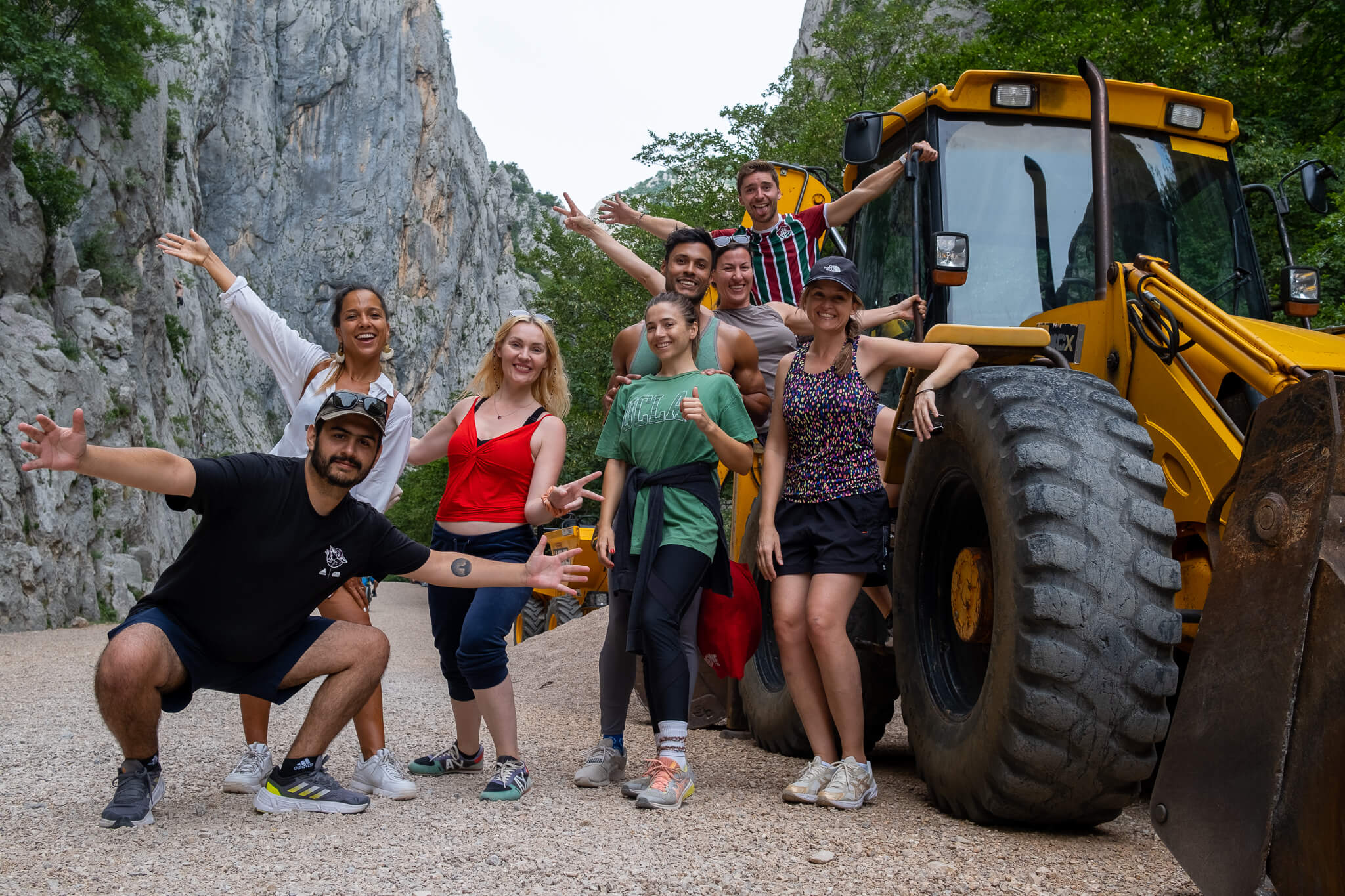
We all spent the night in the cabin and woke up very early to start our way back. There could not be a better setting for Diane Erceg to carry out her long-awaited keynote while we descended towards the entrance of Paklenica. The end of the Zadar Digital Nomad Week meant everyone's return to their daily lives and work. But I am very sure that we all now have a unique memory of a valuable experience, and we can boast of authentically knowing a destination that perhaps we would never have imagined being like this before. Congratulations to Tanja Polegubić from Saltwater Nomads for putting together an outstanding program, as well as the support of the Digital Nomad Association, the City of Zadar, the Zadar Tourist Board, the University of Zadar, and all the sponsors who made this event possible.
For the latest news and features about digital nomads in Croatia, check out the dedicated TCN section.
Zadar: Much More than Your Typical Dalmatian Town
June 21, 2022 - Is Zadar one of the most underrated cities and regions in Croatia? Like many other cities and towns along the Adriatic coast, you tend to think that you have seen everything in two or three days. Think twice.
Facebook is a wonderful world where you can go from being a tourist to a travel guide without any education. You go from asking for recommendations to becoming an authorized voice in the tourism field. It wouldn't bother me if it were the case of people discovering the magic of a little-known and little-explored place, highlighting what a place has to offer that perhaps others were unaware of. But I find it interesting when a user (whose identity I will keep anonymous) says in a Facebook group that Zadar is a destination to stay for no more than 2 days.
I'll pretend I didn't read that, and instead try to answer this other user as concisely as I can:

Unfortunately, many Croatian cities are stereotyped and reduced to one or two points of interest. Dubrovnik is its walls and the filming location of Game of Thrones. Split is Diocletian's Palace. Pula is the Roman amphitheater. While none of this is bad, it is true that for many people who stick to their travel itineraries they can come in and say they've seen it all. I don't mean to change their mindset, but although word of mouth can be beneficial, it can also be dangerous if the ''first mouth'' isn't exactly right.
I can say now I've been on both sides. Almost exactly two years ago, my parents were visiting me in Rijeka, where I had just finished my semester of studies. The plan was to give me a lift to our home in Split, and we rented a car in Rijeka. Although it is possible to make the trip to Split on the same day, we decided that we would sleep one night on the way. We chose Zadar. The apartment we rented was in the very heart of Zadar's old town, and we were at the beginning of the coronavirus pandemic. It was a very minimalist trip, and we barely got to know some of the main points of interest around the old town: the sea organ, the Greeting to the Sun, the Roman forum, the church of St. Donatus, and I think that was it.
I wish I could say that the pandemic was a legitimate justification for not exploring more (the infamous tennis tournament organized by Novak Djoković was taking place at that time), but I'm sure that at some point before we resumed the trip to Split we said: ''Ok. We've seen it all''.
Fate brought me back to Zadar two years later, and how wrong I was. I hadn't seen anything.
I have to mention that what you probably already know about Zadar is definitely worth discovering. Watching a sunset from the sea organ and the Greetings to the Sun is not something to be underestimated under any circumstances. In the same way, the history that accompanies the old town through its churches, the Roman forum, the convents, and the city gates deserve all your attention, since we are talking about one of the most important cities in Croatia in terms of history.
If you're not sure what else is there to see, it doesn't hurt to go to a tourist office or ask a local for recommendations. It's different when the person giving you recommendations on places to see or things to do was actually born there. It's already personal. In most cases, they will want to leave a great impression of their hometown and also recommend things that one would not usually see. You must also remember that Croatia is not a country with isolated cities, but that it stands out a lot for its regions as a whole. Administratively speaking, yes, it is true that some cities are better positioned such as Pula, Rijeka, Zadar, Sibenik, Split, or Dubrovnik. But you would be surprised if you knew how much you can find beyond the Roman ruins and beaches in these cities.
Zadar is its Sea Organ, its Roman Forum, the Greetings to the Sun, the Church of St. Donatus, its Franciscan Monastery, and its Old Town.
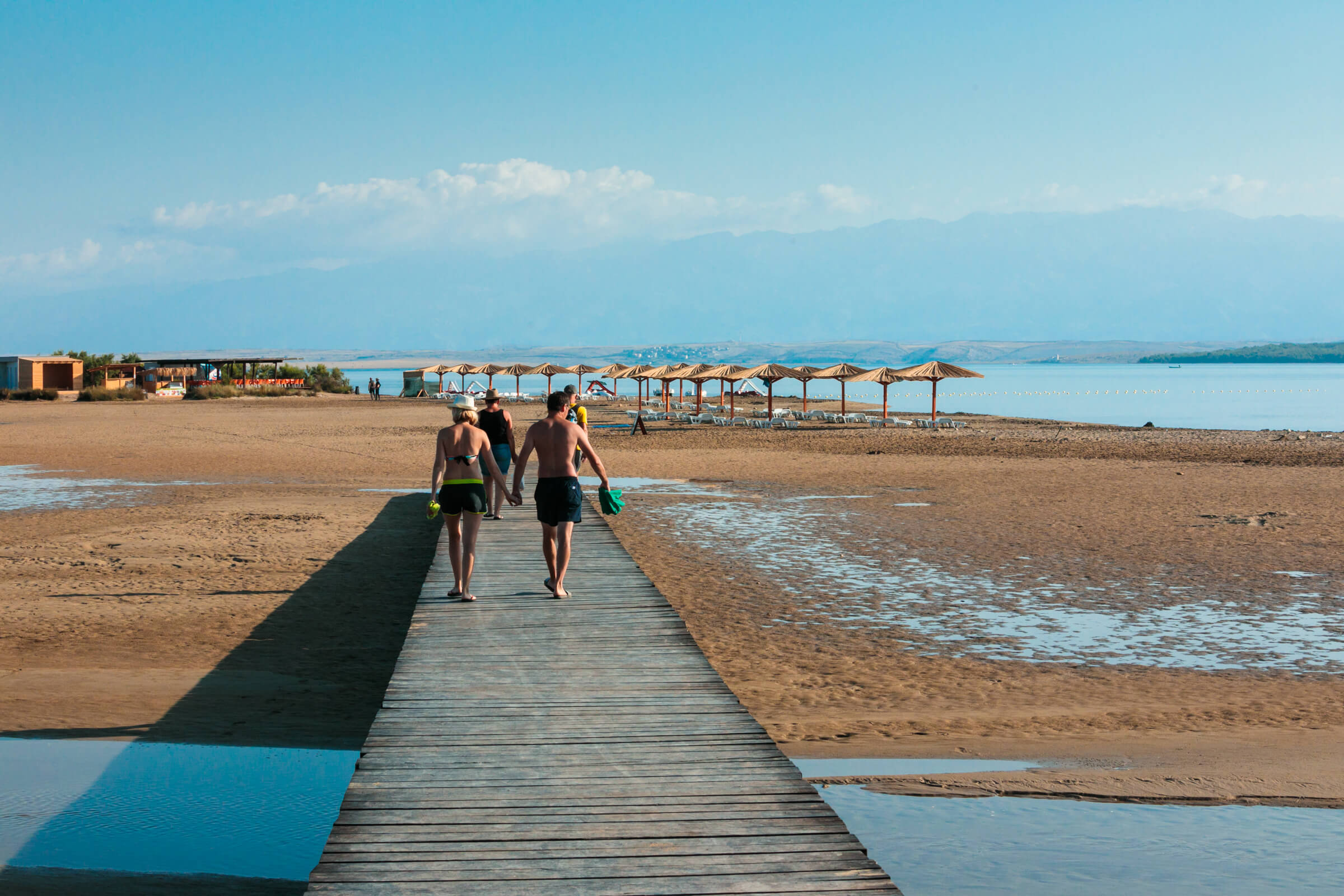
But Zadar is also the historical city of Nin and its healing mud beaches. (Image: Nin Tourist Board)
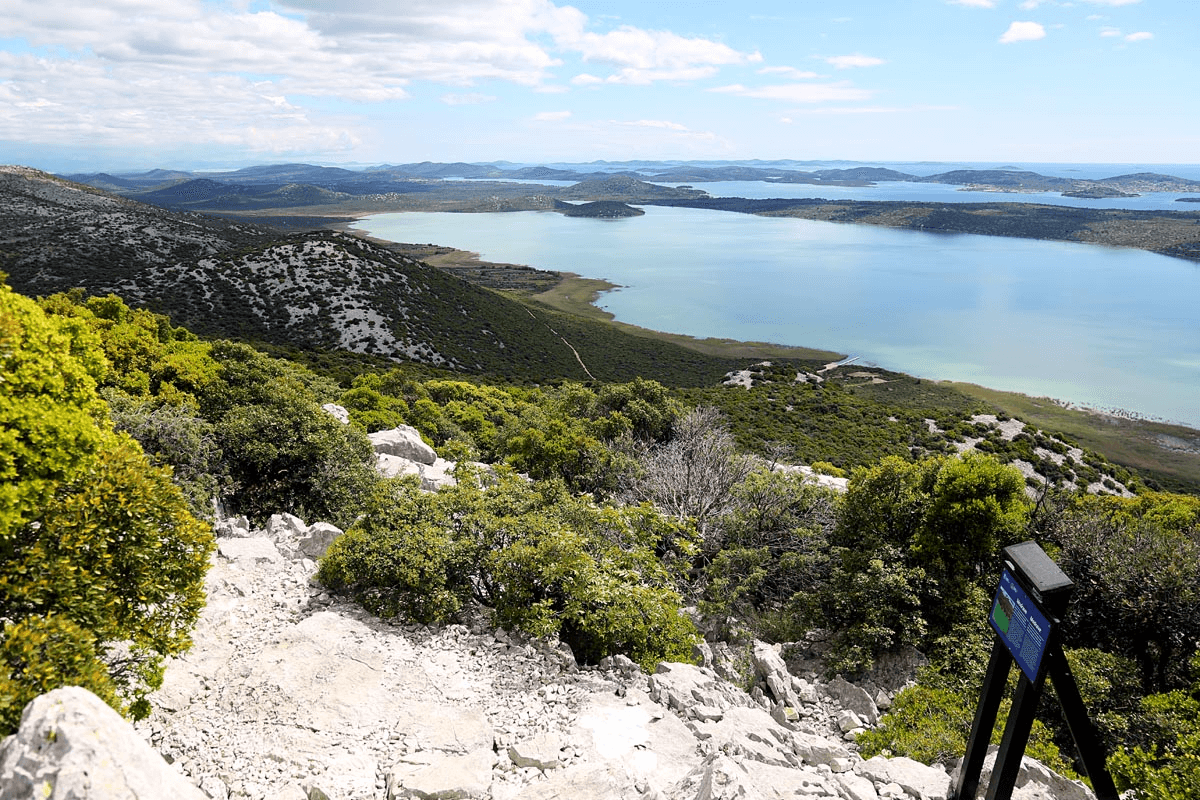
Zadar is the largest lake in Croatia, the Vrana, and its surroundings. (Image: Pakoštane Tourist Board)
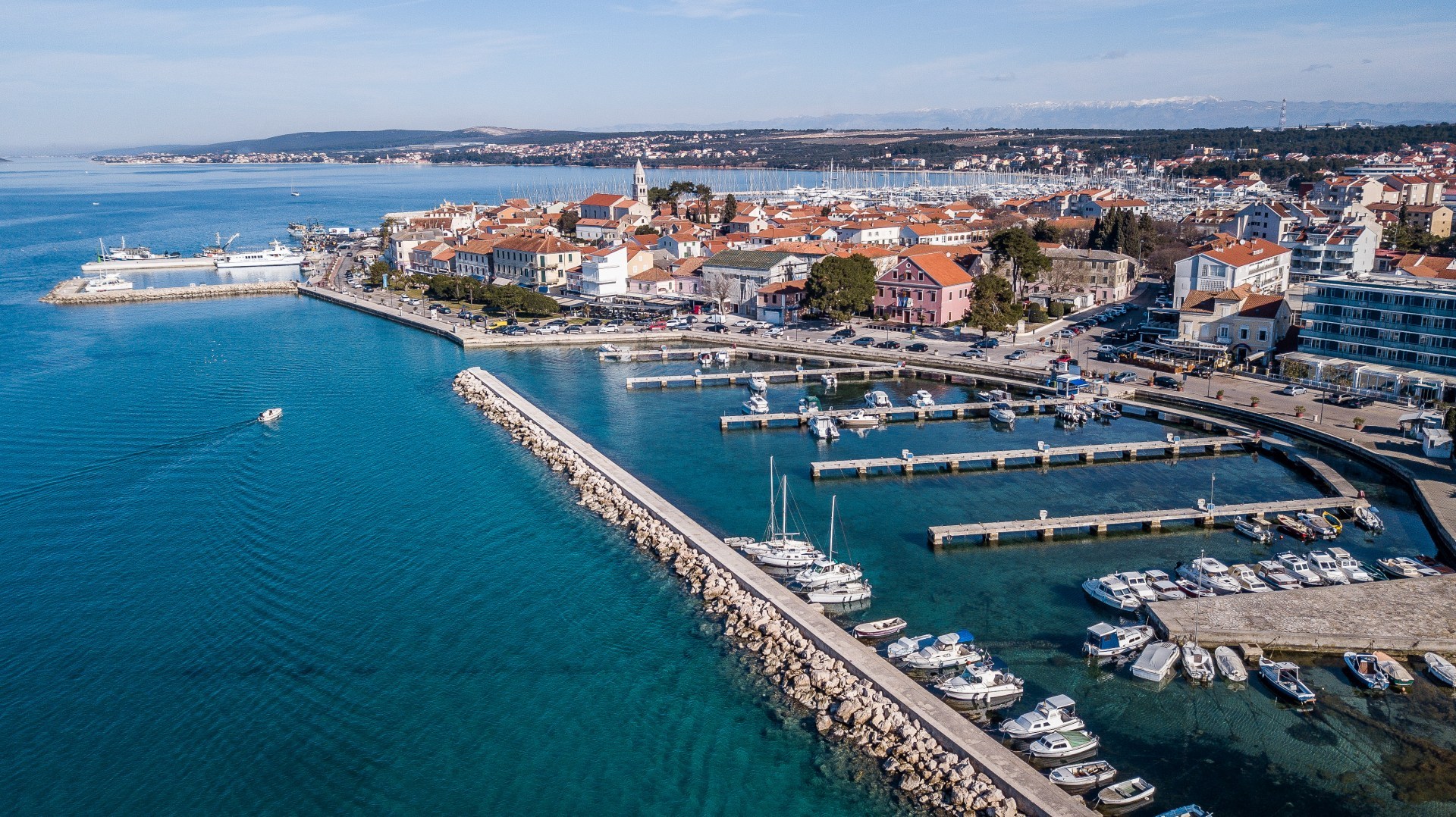
Zadar is the royal city of Biograd na Moru. (Image: Biograd na Moru Tourist Board)
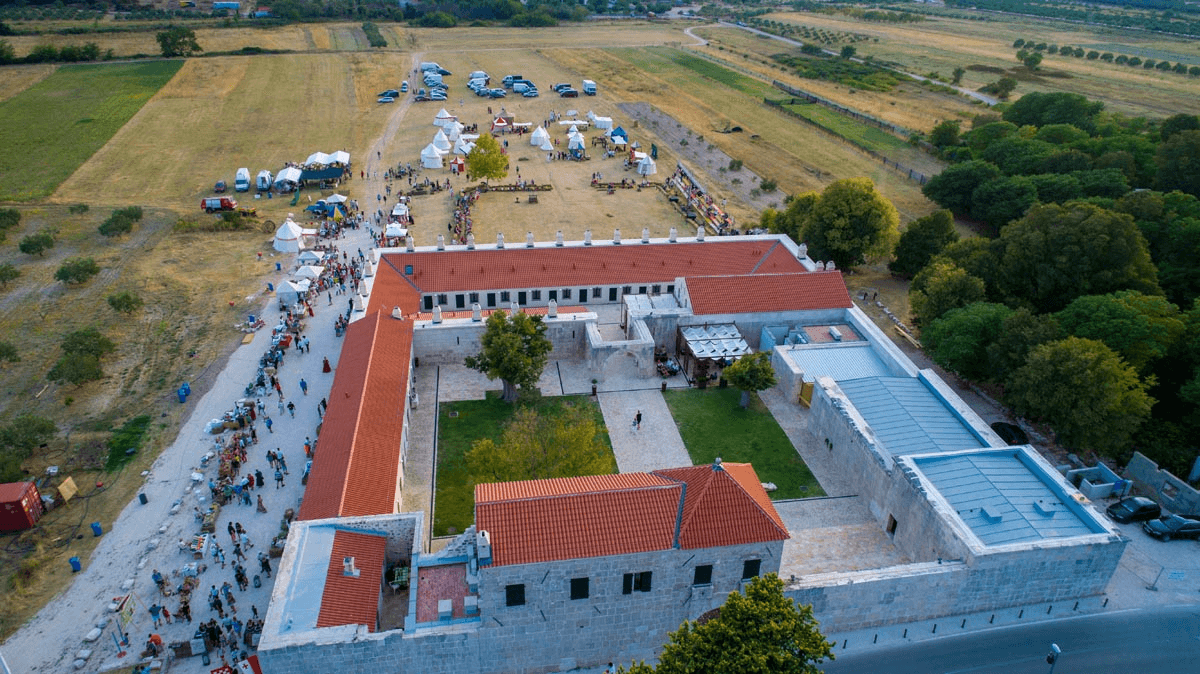
Zadar is the Ottoman residence of Maškovića Han. (Image: maskovicahan.hr)
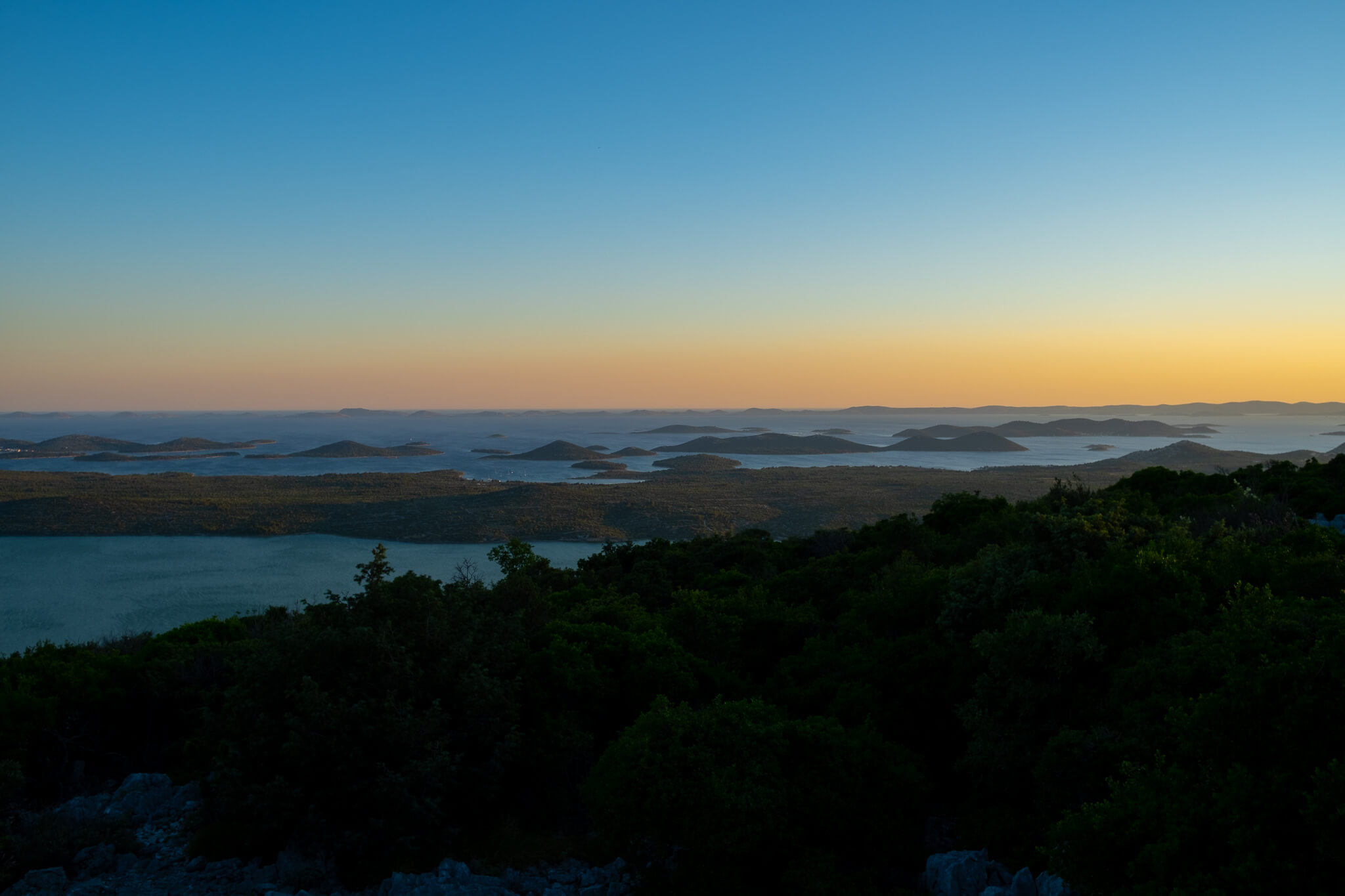
Zadar is the jawdropping views from Vidikovac Kamenjak. (Photo: Jose Alfonso Cussianovich)

Zadar is sailing through the archipelagos of Kornati and Telašćica. (Photo: Mario Romulic)

Zadar is reconnecting with the nature of Paklenica. (Photo: Jose Alfonso Cussianovich)
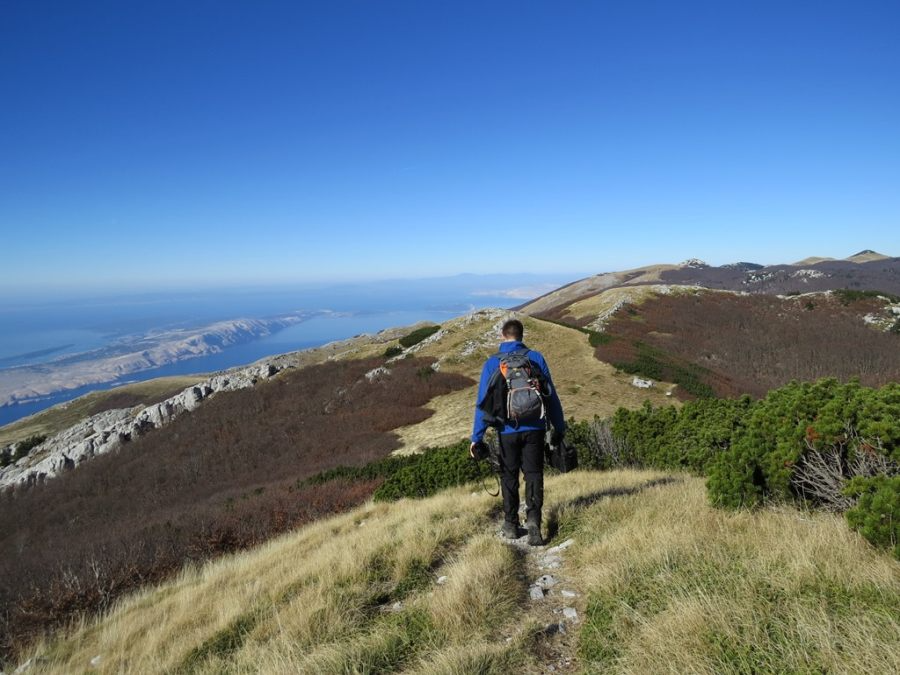
Zadar is hiking in North Velebit National Park. (Image: North Velebit NP)
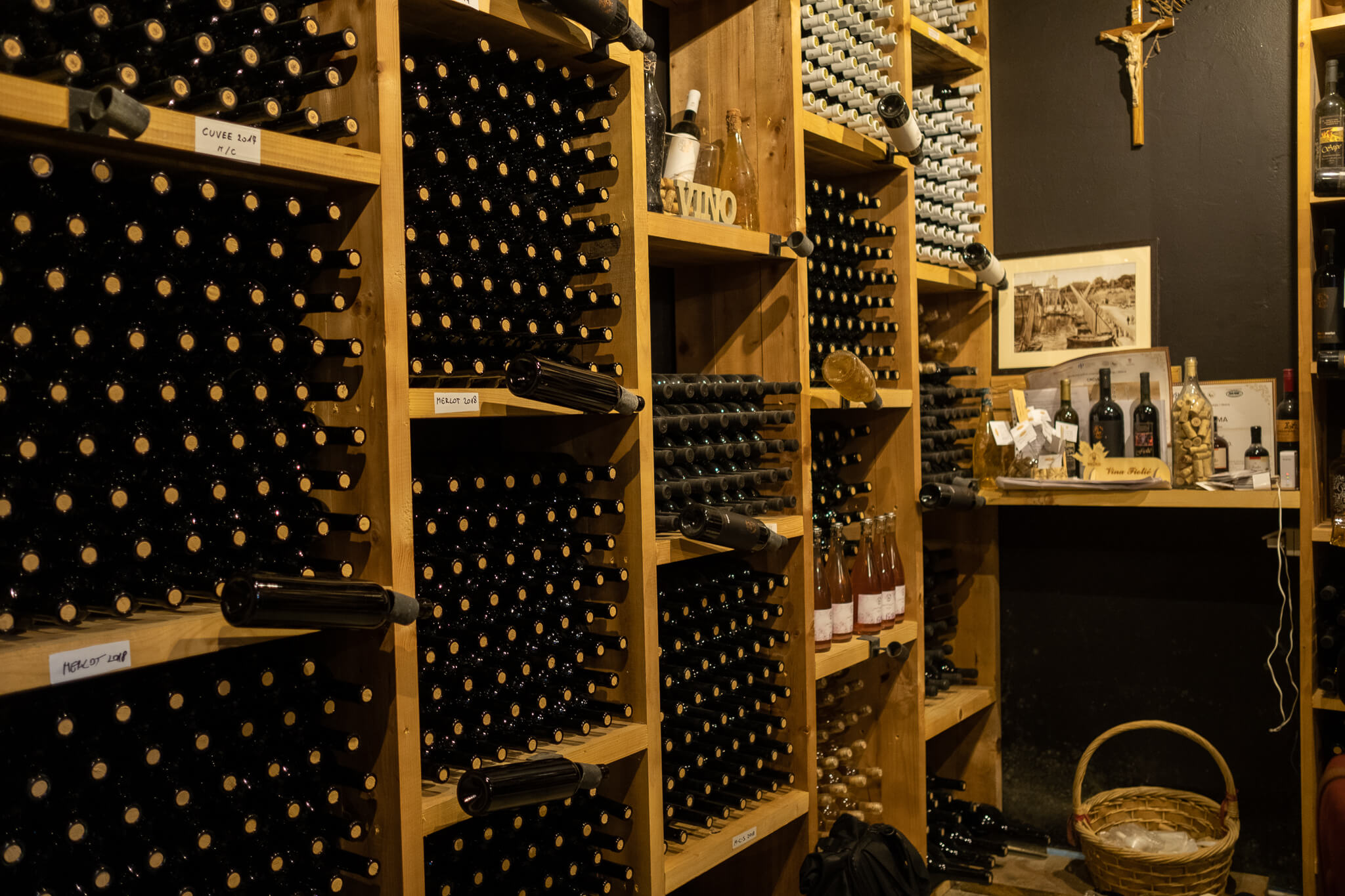
Zadar is tasting internationally recognized wines like those from Fiolić Winery. (Photo: Jose Alfonso Cussianovich)
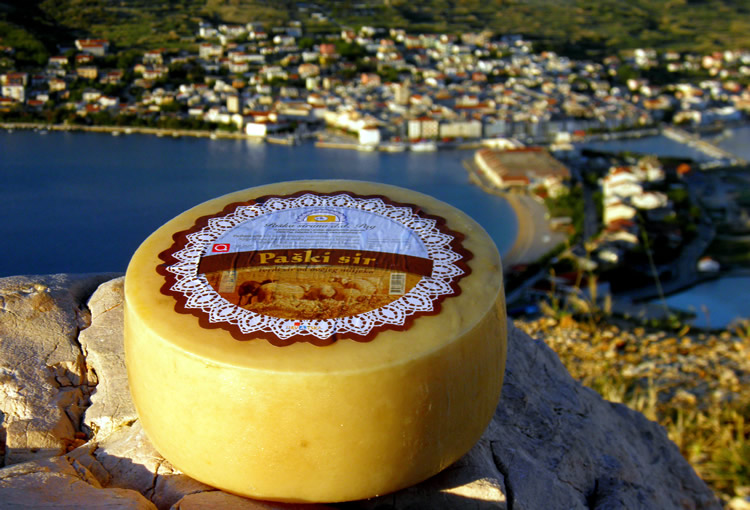
Zadar is trying the famous Pag cheese. (Image: Pag Tourist Board)
Zadar is all that, and much more. In the end, I think the lesson is to dare to look for something different than what we usually see in pamphlets, on TripAdvisor, or in the comments section of a Facebook group.
For more on travel in Croatia, follow TCN's dedicated page.
Zadar Digital Nomad Week Diary: Sixth Day Recap
June 21, 2022 - In the final days of the first-ever Zadar Digital Nomad Week, the workshops and keynotes have not stopped, and the sixth day of the program is highlighted by familiar faces, insightful workshops, and an entertaining game that will put our teamwork to the test.
I think that nobody can deny that, after several very intense days of activities, the program needed a kind of relaxation. And no, that did not mean that the very interesting workshops and keynotes would stop. On the contrary, the sixth day brought with it memorable sessions with many lessons. The program of that day was carried out almost entirely in the old town of Zadar. The sixth day of the Zadar Digital Nomad Week carried the slogan of Nomads + Worklife, and to do it justice, it was necessary that the day's workshops and keynotes be led by authoritative voices already known in the country.
It's 9:00 am in Zadar, and one of Croatia's favorite digital nomads, Steve Tsentserensky, is speaking online about ''The Dark Art of Upwork''. Most of you might already know him, but for those who don't, Steve is a writer, video producer, and photographer who's created content for big and small brands with his company SBT Productions, and as a freelance writer. He's produced content for contestants on The Voice, adventure tourism companies, exchange-listed firms, and written for prominent outlets like CNBC and more while traveling. Despite it being almost 3 in the morning at his current location, Steve makes no secret of his enthusiasm to dig deeper into how to generate income anywhere in the world as a freelancer through the Upwork platform, and how to land your ideal jobs and clients.
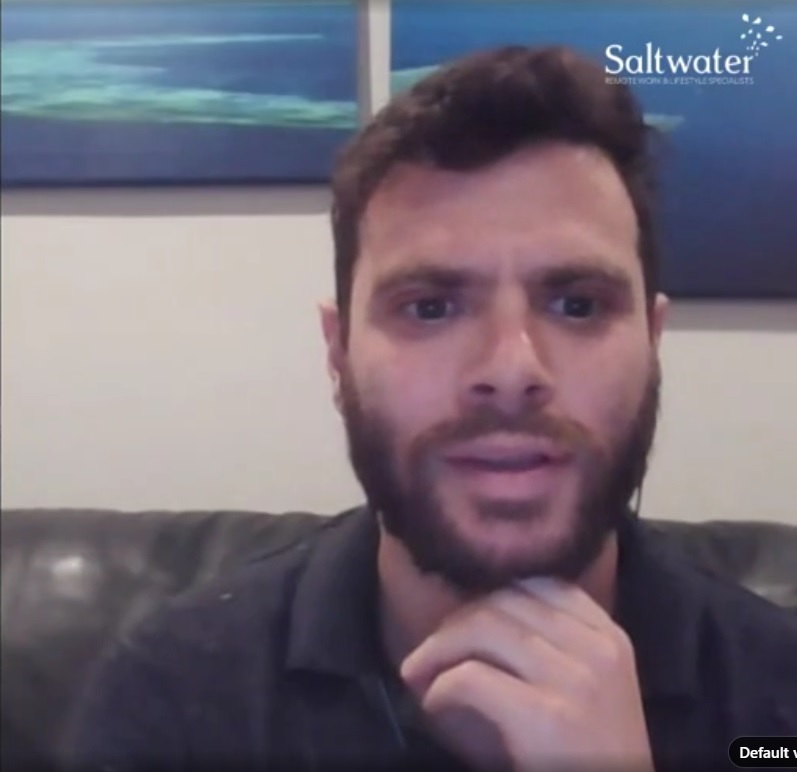
Steve Tsentserensky
We headed to the next venue of the Zadar Digital Nomad Week, The Botanist, located on the west coast of Zadar's old town. It was Charlie Brown's turn to offer a great workshop on how to generate income as a writer through the Medium and Substack platforms. And I say great not only for a very valuable opportunity to listen to someone who continues to grow as a writer and on these platforms day after day but also because we were able to have an extensive Q&A session in which almost all attendees participated. A few days ago, the participants were sure they wanted to start their podcast as soon as possible, but now they were starting to lean more towards writing. That's how cool it was! Charlie gave a ton of advice on not only using Medium and Substack but also how to land the topics you can write about and progress faster.
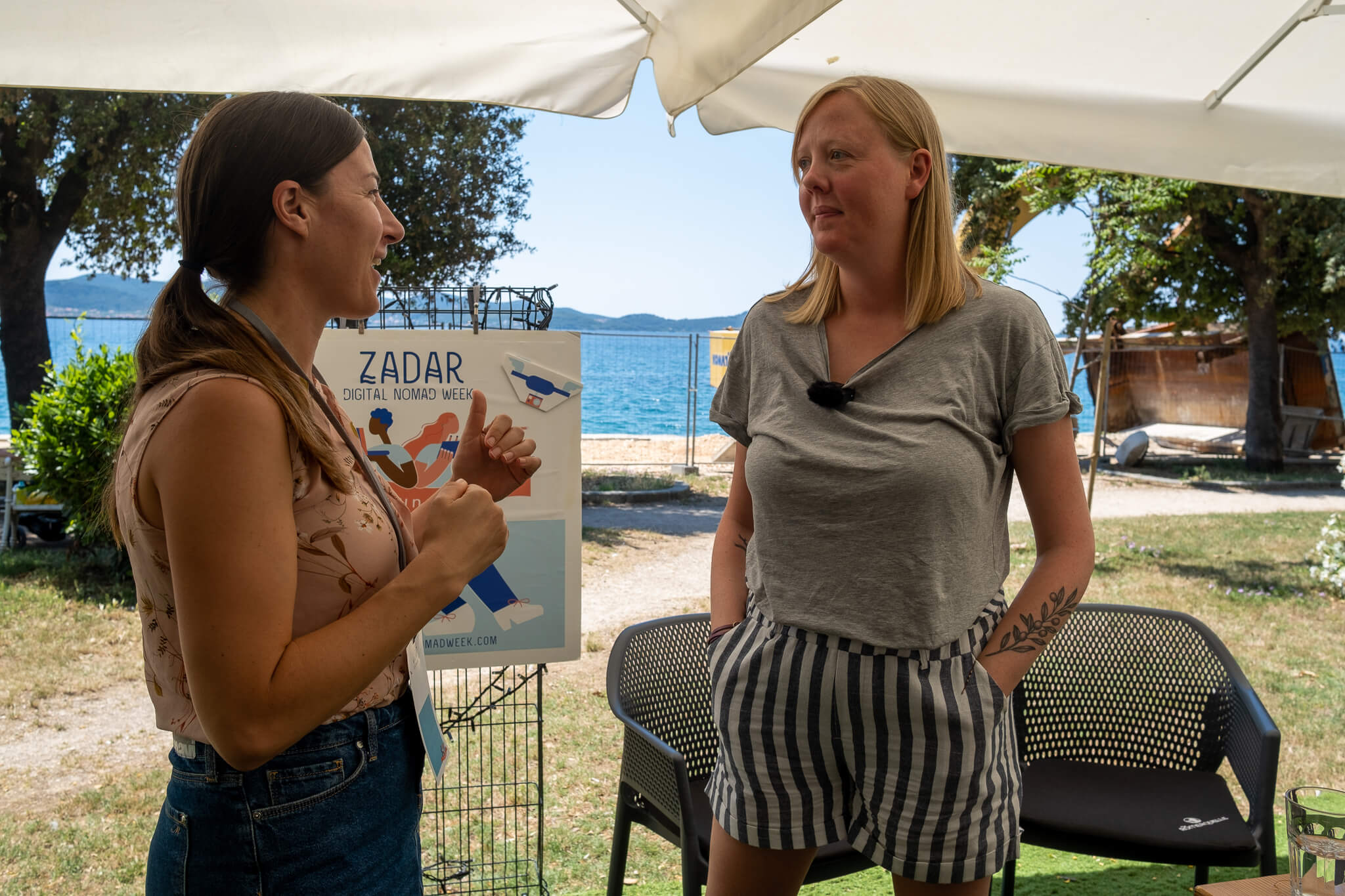
Another great online session would follow, with another familiar face: Anna Maria Kochanska, the Chief Nomad at the Zadar Digital Nomad Week, shared her insights on the link between digital nomads and locals. Anna Maria is surely one of the digital nomads who has traveled the most places in the world, and she has been in contact with different cultures. How can a nomad authentically engage with its surroundings? In Anna Maria's own experience, it was better to distance herself from the rich people in hotels and yachts and get closer to people, both locals and other nomads, who could show her the destination she was at in its purest form.
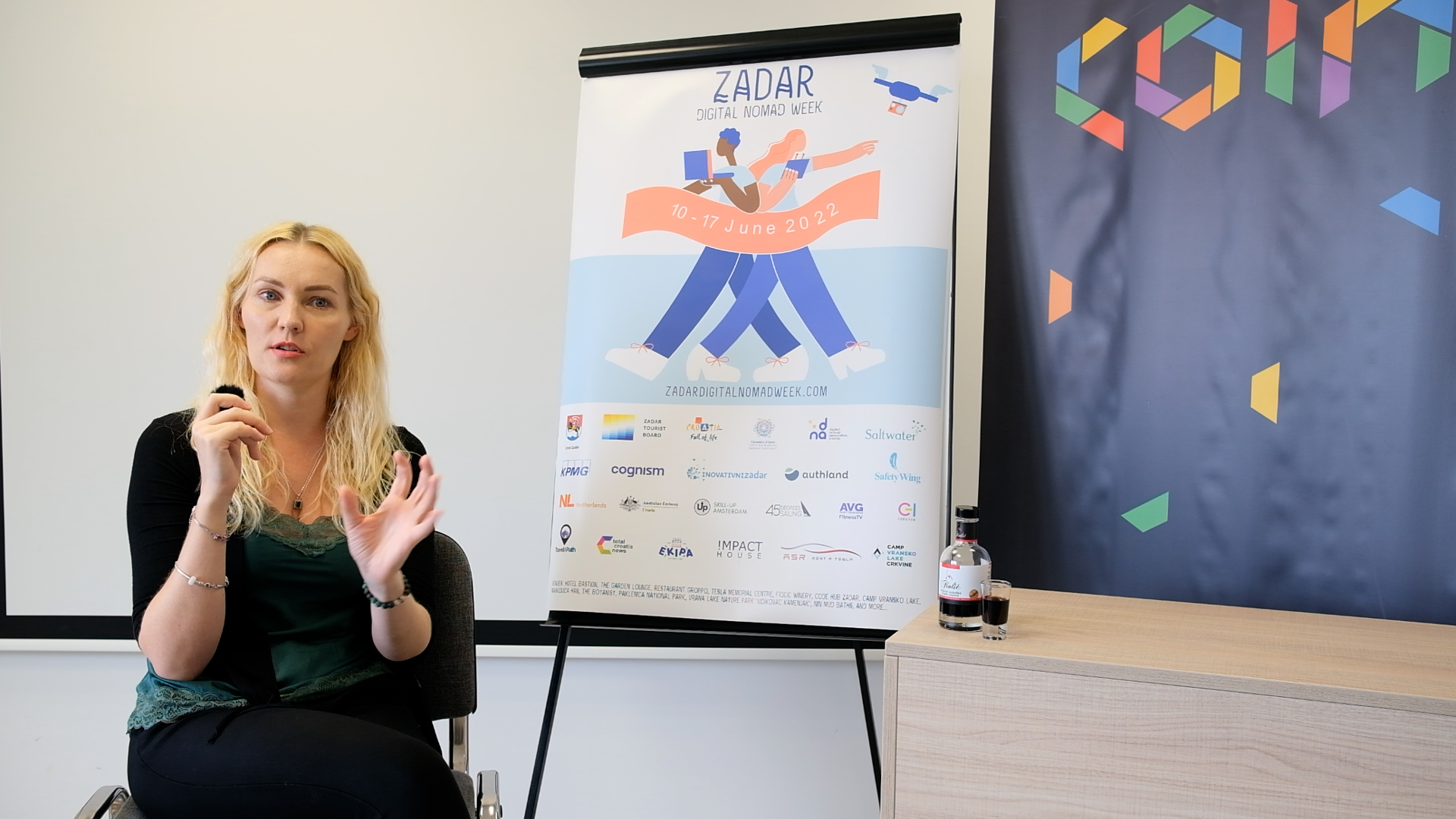
Anna Maria Kochanska
After the online session, we headed to the Duke's palace, inside Zadar's old town, a renovated 16th-century palace, now hosting temporary exhibitions, music performances & events. It was the turn of perhaps one of the most particular, different, and entertaining activities in the Zadar Digital Nomad Week program. In the library, Tijs Berens from Skillup was waiting for us to participate in a virtual Escape Room. For those who are not familiar with the game, an Escape Room puts you in a place and situation where the main goal is clear: to escape. However, to do so requires skill, logic, and in this particular one, a lot of teamwork. The participants found themselves adrift in a spaceship, and in order to land safely, they needed to decipher the clues and resume communication with ground control. To achieve this, they had just 50 minutes. Despite the difficulties and even after thinking they couldn't figure it out, the team reestablished contact with ground control with 10 minutes to go. Success!
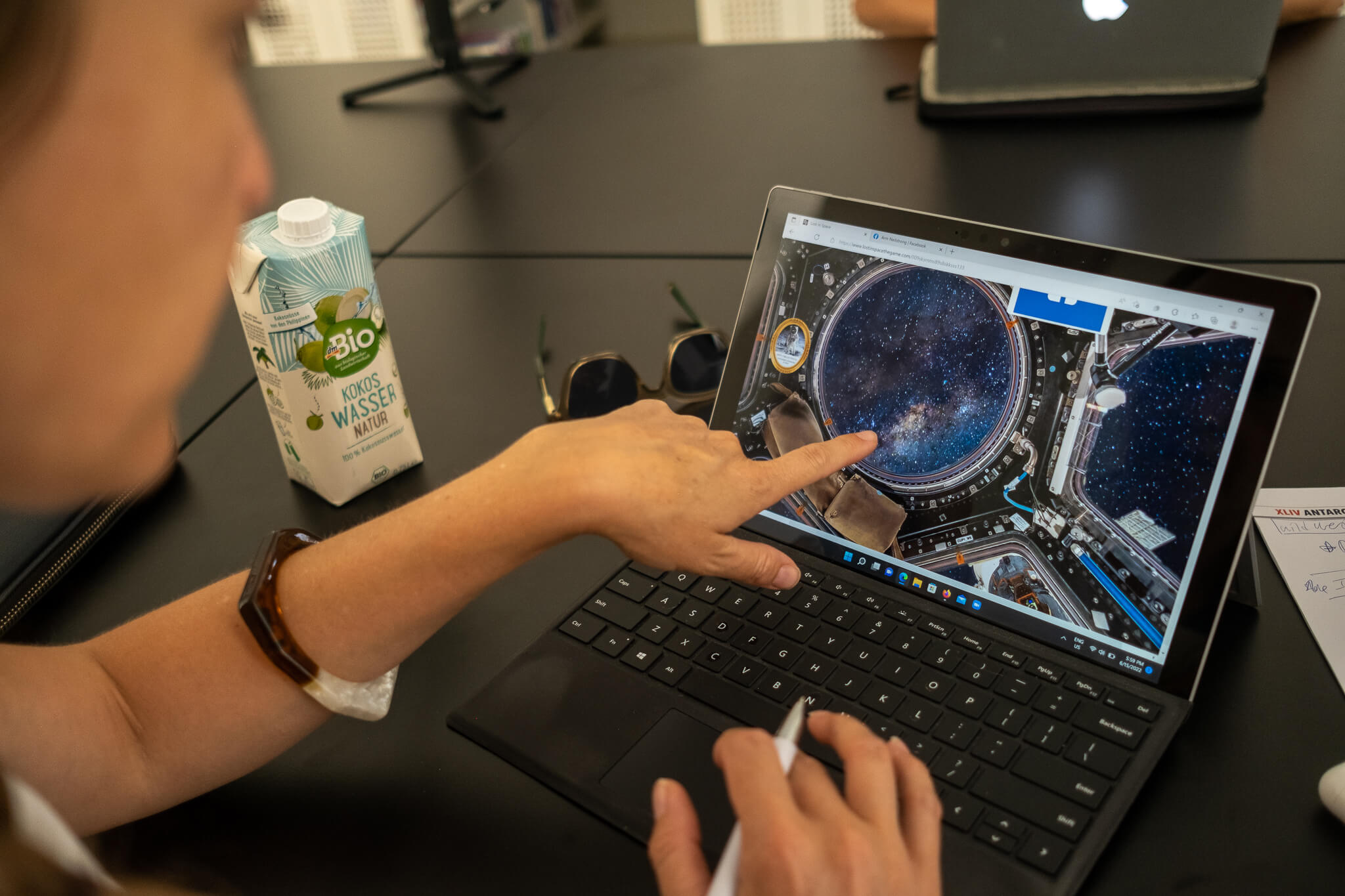
We continued with the virtual sessions and it was Kashlee Kucheran's turn to step forward! Kashlee, originally from Canada - is a dynamic speaker, and Travel Lifestyle Trendsetter. She lights up a destination if she drops its name. From Mexico, to Bali to Croatia (and most recently, Albania) Kashlee is with us today to discuss: The Rise of the Female Digital Nomad. According to Kashlee, what used to be a major man-dominated space is now changing. Partially because of more women entering tech and partially because the pandemic allowed many female-dominant jobs to go remote.

Kashlee Kucheran
To wrap up a great day in Zadar's old town, we now head to The Garden Lounge, where we are pleasantly surprised that some new digital nomads have dropped by to share a few drinks. For those who do not know, the Digital Nomad Association Croatia organizes monthly We{dn}esday events in different cities in Croatia, with the aim of creating an environment of sharing and networking between digital nomads who are currently in that location. Definitely an initiative that fitted perfectly at this point in the program.
For the latest news and features about digital nomads in Croatia, check out the dedicated TCN section.
Zadar Digital Nomad Week Diary: Fifth Day Recap
June 20, 2022 - Continuing the rich programme of the first Zadar Digital Nomad Week, a day full of interesting keynotes and workshops also included a visit to a magical place in Croatia and the most beautiful sunset in the world.
As usual for Zadar Digital Nomad Week, the programme on the fifth day started early. The theme around which the activities would revolve would be ''Nomads + Tech''. We got off to a great start with a workshop by Sam Brown, another familiar face going back to last year's memorable Dubrovnik Digital Nomads in Residence. For those who haven't had the pleasure, Sam is a digital nomad from London who in October 2020 sold everything, including his wine business, to become a traveler and digital nomad. Sam is a content creator, writer, and programmer, and in his workshop on career pivots, attendees were able to learn that it is never too late to seek new professional horizons, and how one can find the ideal job that fits our new goals.
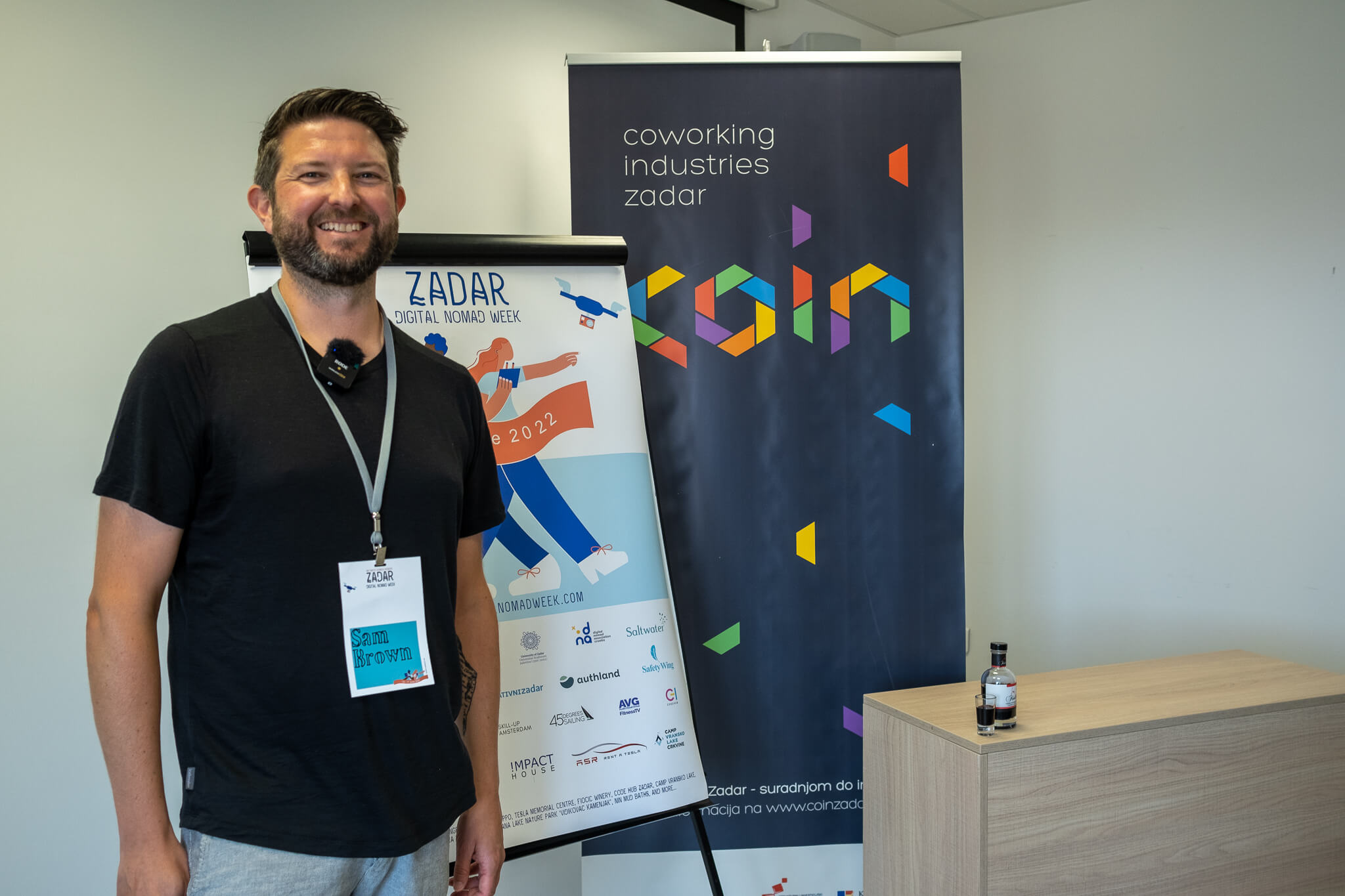
Photo: Jose Alfonso Cussianovich/Total Croatia News
The chosen venue for Sam's workshop was the impressive Coin Cowork Space, in the city of Zadar, and those who attended had the opportunity not only to take notes but also to be part of a personalized session with Sam to redirect professional goals and how to achieve them.
At 11:00 am, one of the most interesting workshops on the show was held online by Ethan Mayers, called ''The 1st Step is the 1st Step''. In it, Ethan explored various topics that revolve around making decisions, precisely in the world of digital nomads, where these decisions can sometimes be intimidating due to the fact of leaving your home and venturing into an unknown world as a remote worker. Perhaps one of the most memorable phrases is that ''the most critical decision you make is making a decision''. Sam and Ethan's workshops were definitely able to add a great dose of optimism to the Zadar Digital Nomad Week programme.
Up next, we say goodbye briefly to the Zadar region, as we headed not far towards Lika. After all, what's a Nomads + Tech day without a visit to the birthplace of one of the most influential people in human history? Close to Gospić, we reach Smiljan, where the brilliant Nikola Tesla was born on July 10, 1856. The small house where Tesla grew up has been converted into a museum and memorial place to celebrate the genius, inventor, electrical engineer, mechanical engineer, and futurist.
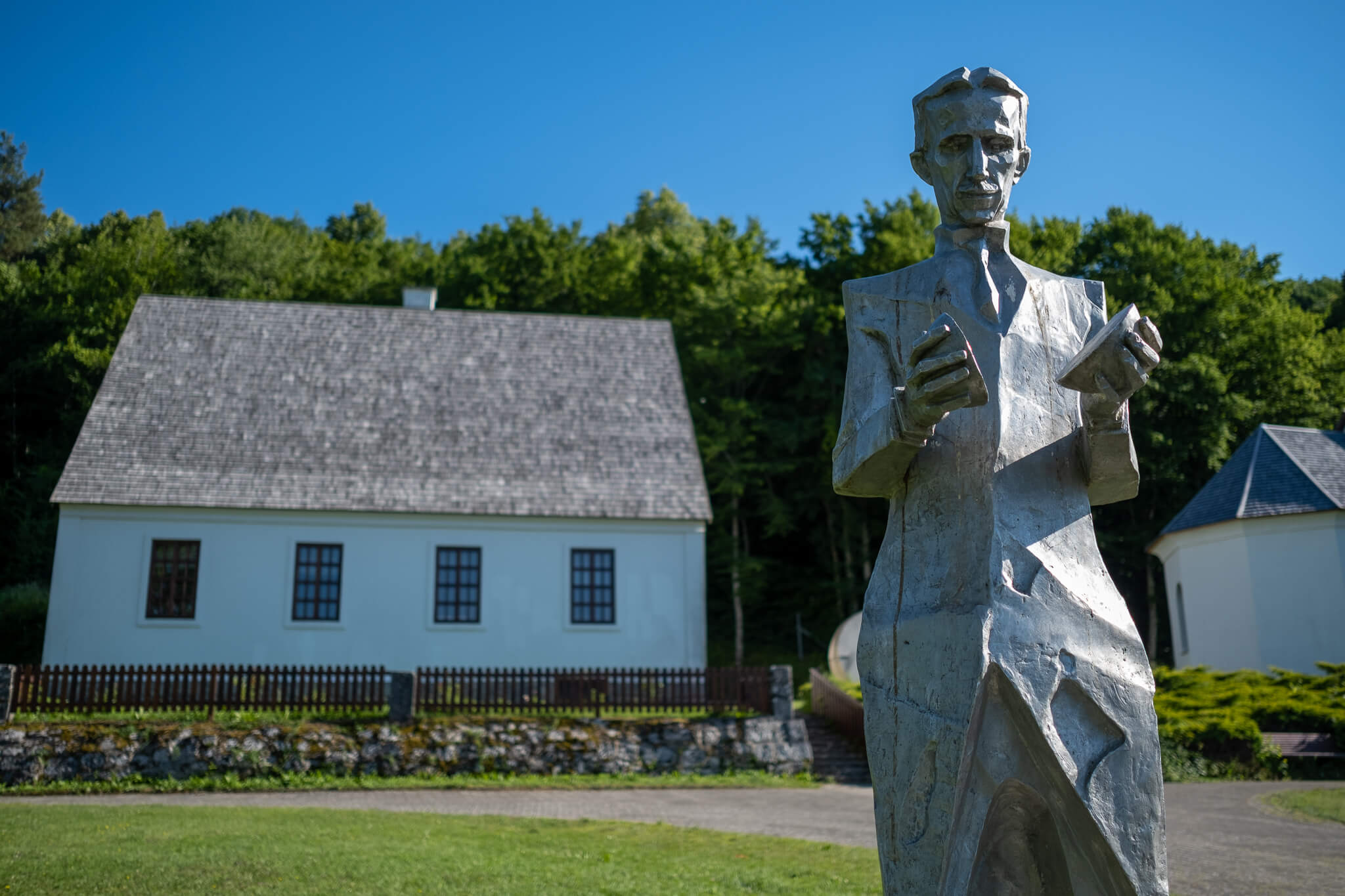
Photo: Jose Alfonso Cussianovich/Total Croatia News
After a good session of inspiration touring the interiors of the museum, including a quick tour thanks to Iva Peroković from Swanky Travel, we settle into the gardens for the second panel of the Zadar Digital Nomad Week, where Mirela Marović from BIZkoshnica, Sam Brown, Iva Perokovic, and DJ and digital nomad from South Africa Viktoria Botha chatted about a very hot and interesting topic at the same time: ''Everyone loves nomads?'' The panel was moderated by Tanja Polegubić of Saltwater Nomads.
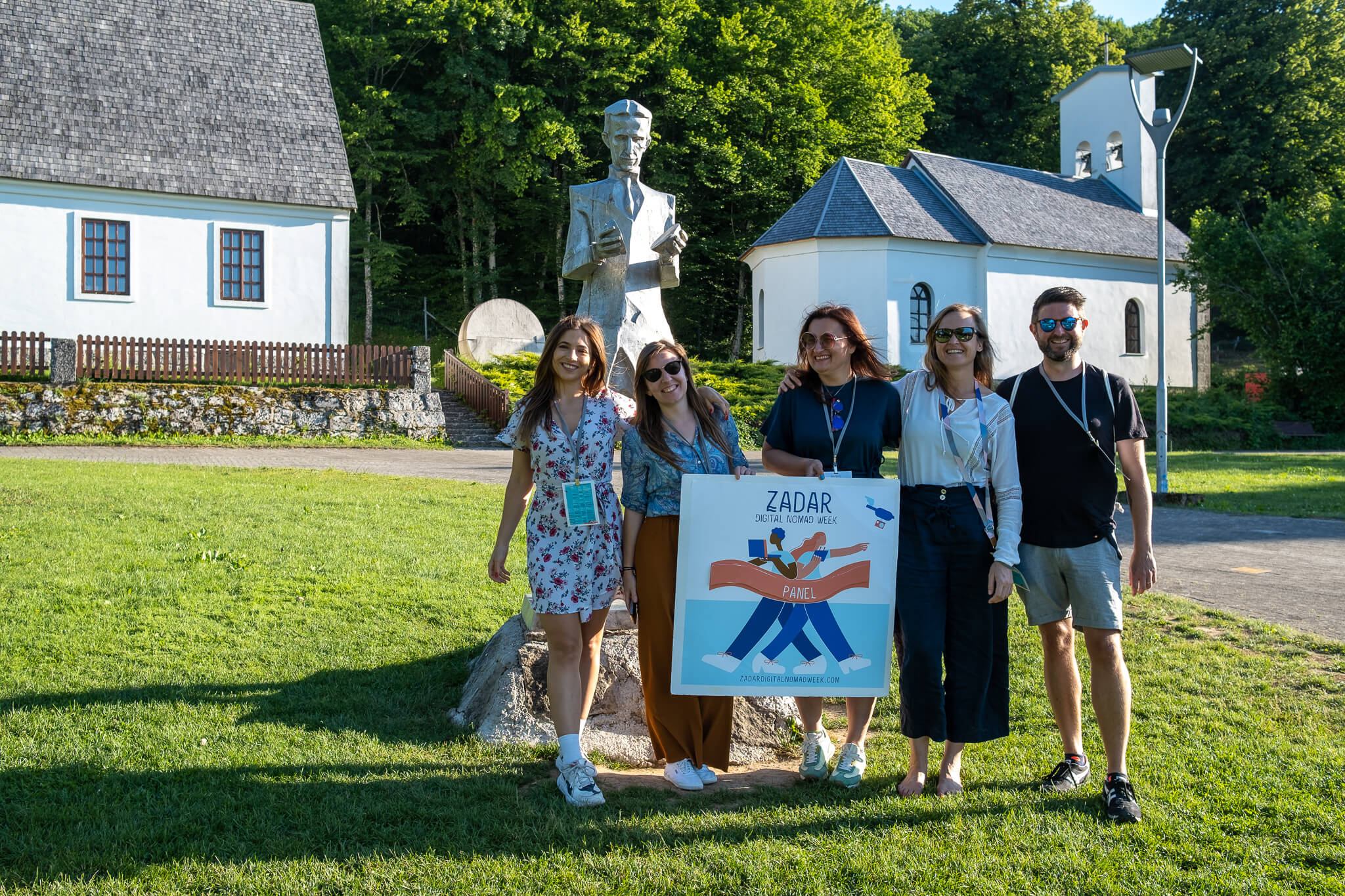
Photo: Jose Alfonso Cussianovich/Total Croatia News
It was a great exchange of experiences and insights, both from people who have been in close contact with digital nomads in the last year, such as Mirela through her cowork space and Iva through her travel agency, as well as from the digital nomads themselves, Sam and Victoria. Although there is a stigma toward digital nomads and their connection with the destinations they go to, everyone could agree that digital nomads go beyond professional fulfillment and networking, but also try to live authentic experiences that allow them to connect better with the country in which they are located.
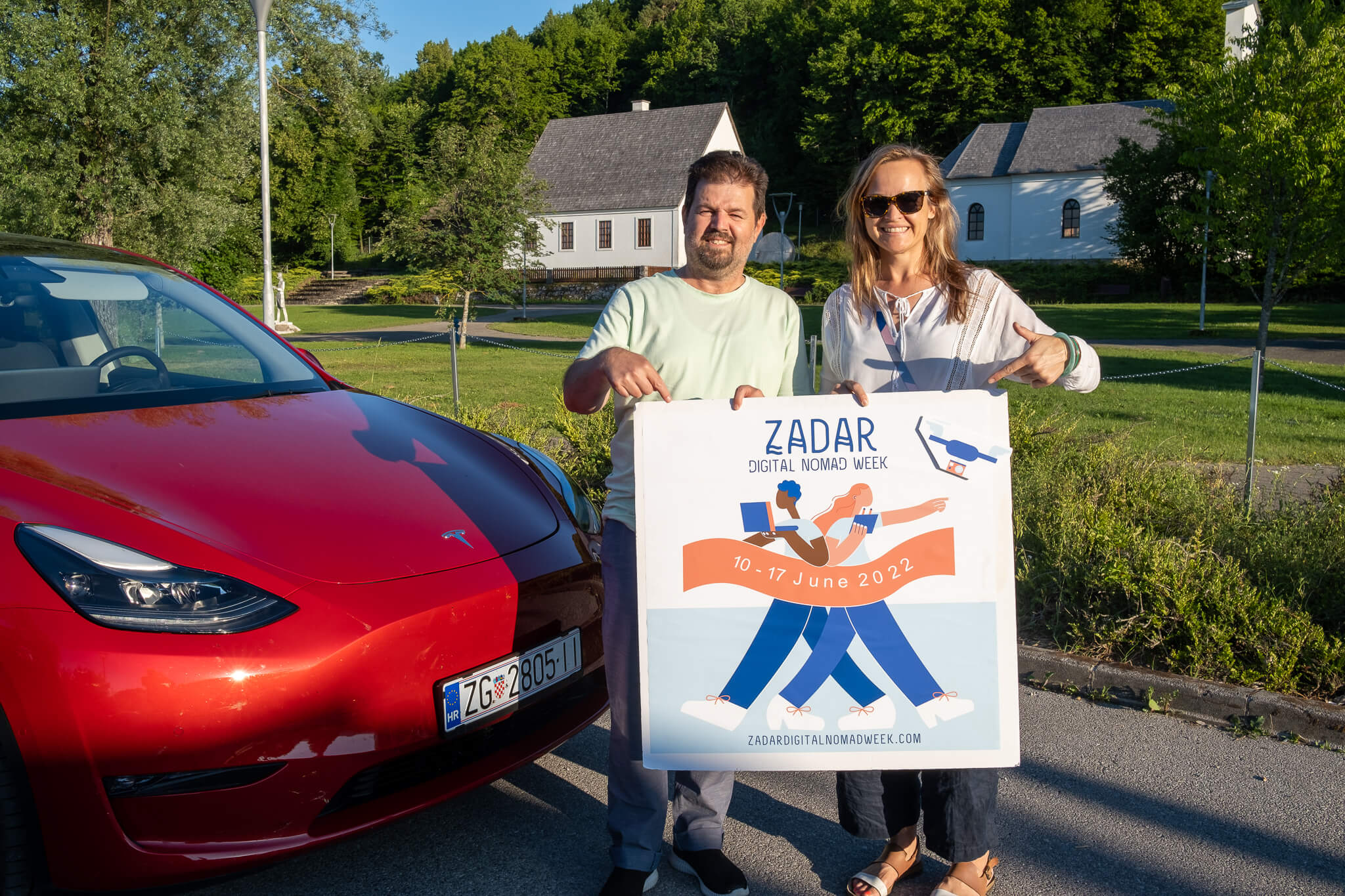
Photo: Jose Alfonso Cussianovich/Total Croatia News
After a successful panel, there was no better way to say goodbye to Nikola Tesla's birthplace than in a Tesla car itself. Courtesy of Davor Čordaš of Rent a Tesla, panelists, and attendees were able to sit in a Tesla car and see firsthand what the future holds for the automotive industry.
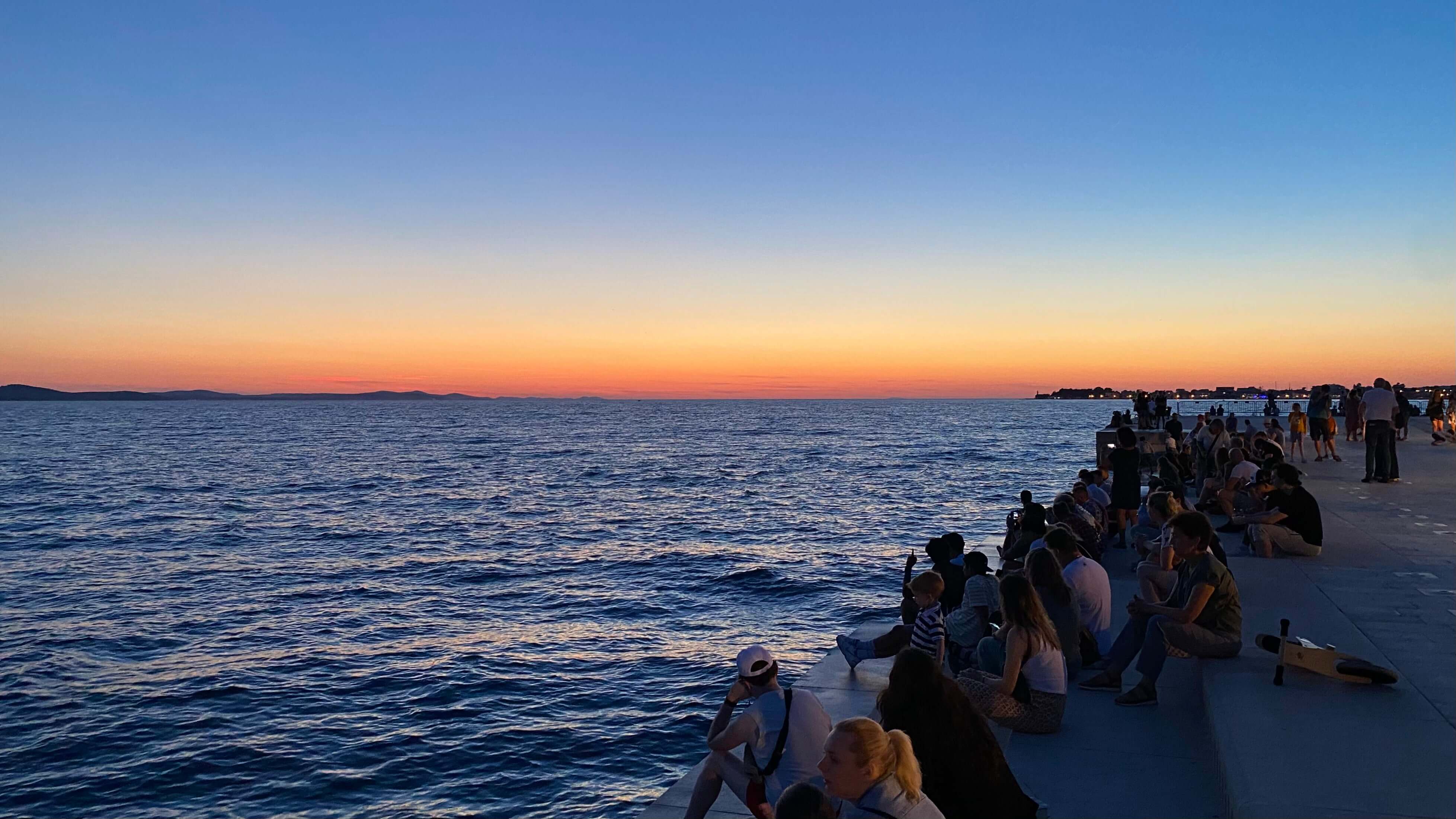
Photo: Jose Alfonso Cussianovich/Total Croatia News
We head back to Zadar to witness one of the reasons why it is so famous: its spectacular sunsets. And what better way to enjoy it than with a tour of the old city of Zadar led by the very enthusiastic and ''zadranka'', Vlatka Pehar. We met at 20:00 between the popular Greetings to the Sun monument and Zadar's most famous musician, the sea organ. From there, we said goodbye to the sun and walked the ancient and history-rich streets of Zadar's old town, because every day you learn something new in Dalmatian cities.
For the latest news and features about digital nomads in Croatia, check out the dedicated TCN section.
Zadar Digital Nomad Week Diary: Fourth Day Recap
June 19, 2022 - Although the Zadar Digital Nomad Week program kicked off on June 10, a press conference three days later marked the start of various panels, workshops, keynotes and master classes around the city of Zadar. A look at what the fourth day of Zadar Digital Nomad Week left us.
After an appropriate weekend to strengthen ties between the participants and with the host city of Zadar, it was time to formalize the start of a week with a program rich in workshops, keynotes, master classes, and panels. We met on the morning of Monday, June 13 at the Hotel Bastion Cafe, in the old town of Zadar. Tanja Polegubić from Saltwater Nomads, Jan de Jong from Digital Nomads Association Croatia, and Franjo Pehar from Zadar University led the press conference.
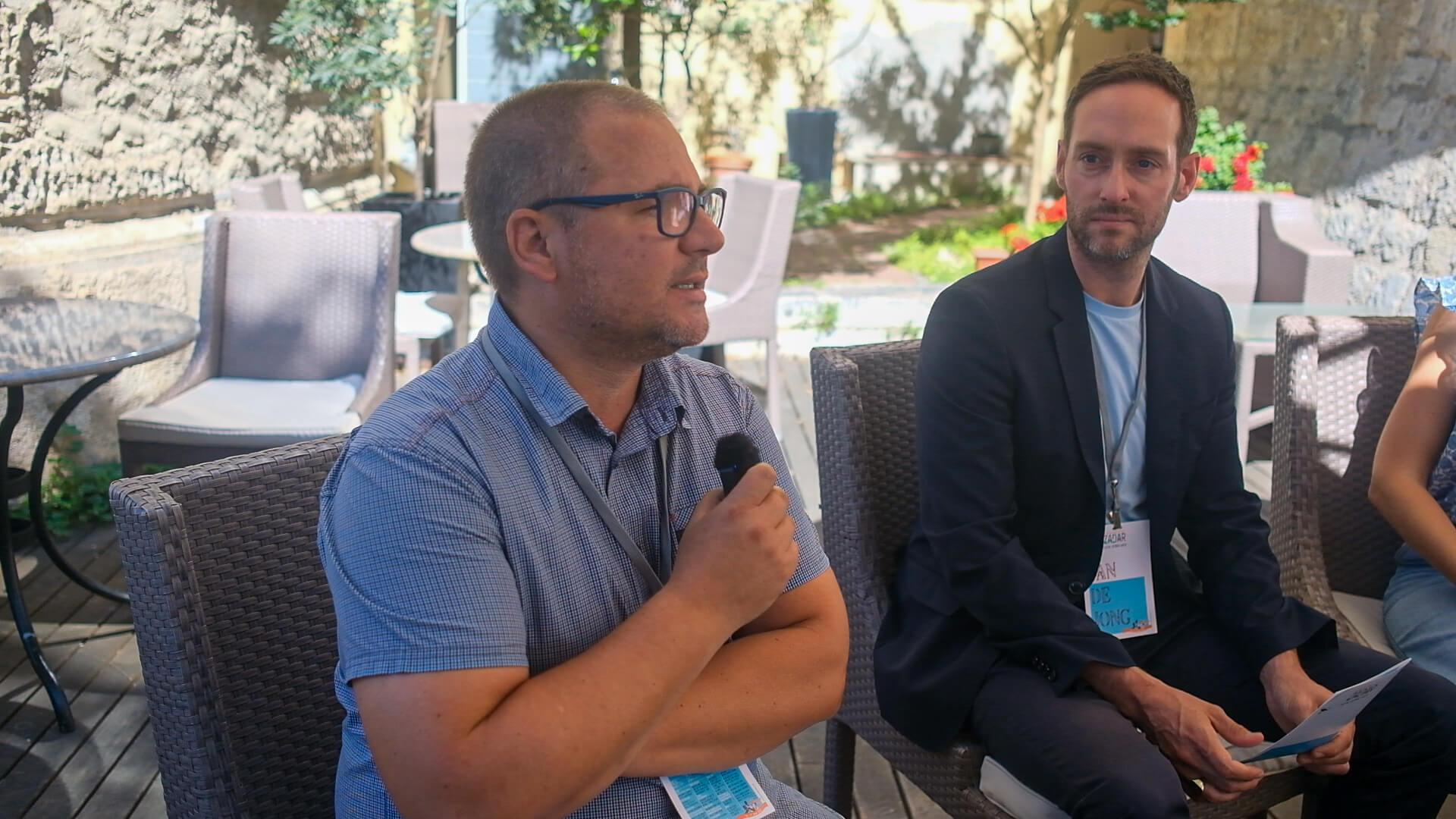
Photo: Jose Alfonso Cussianovich/Total Croatia News
Jan de Jong used the occasion to make a balance of the great progress and success of the digital nomad visa more than a year after its introduction in the country, which started with an open letter from Jan to the Prime Minister of Croatia, Andrej Plenković. Jan revealed that statistically speaking, at any given moment we have some 6,000+ digital nomads in the country, making this already a 100 million EUR industry annually for Croatia. He expressed his joy that a city with very good infrastructure is following in the footsteps of Zagreb, Dubrovnik, and Split in attracting these digital nomads.
For her part, Tanja Polegubić said that the reasons behind the Zadar Digital Nomad Week are personal, which can be evidenced in perhaps one of the most ambitious and diverse programs that have been carried out as part of the promotion of Croatia as a destination for digital nomads. Tanja also highlighted Zadar as a city that, in addition to its modernity and infrastructure, can boast of being surrounded by a lot of nature due to its proximity to national parks.
Finally, Franjo Pehar thanked the organizers for bringing this event to Zadar, considering it the most central city in Croatia due to its proximity to the capital, the northwest and the south of the country, and expressed his wish that more events take place in the city to promote it as a destination for digital nomads.
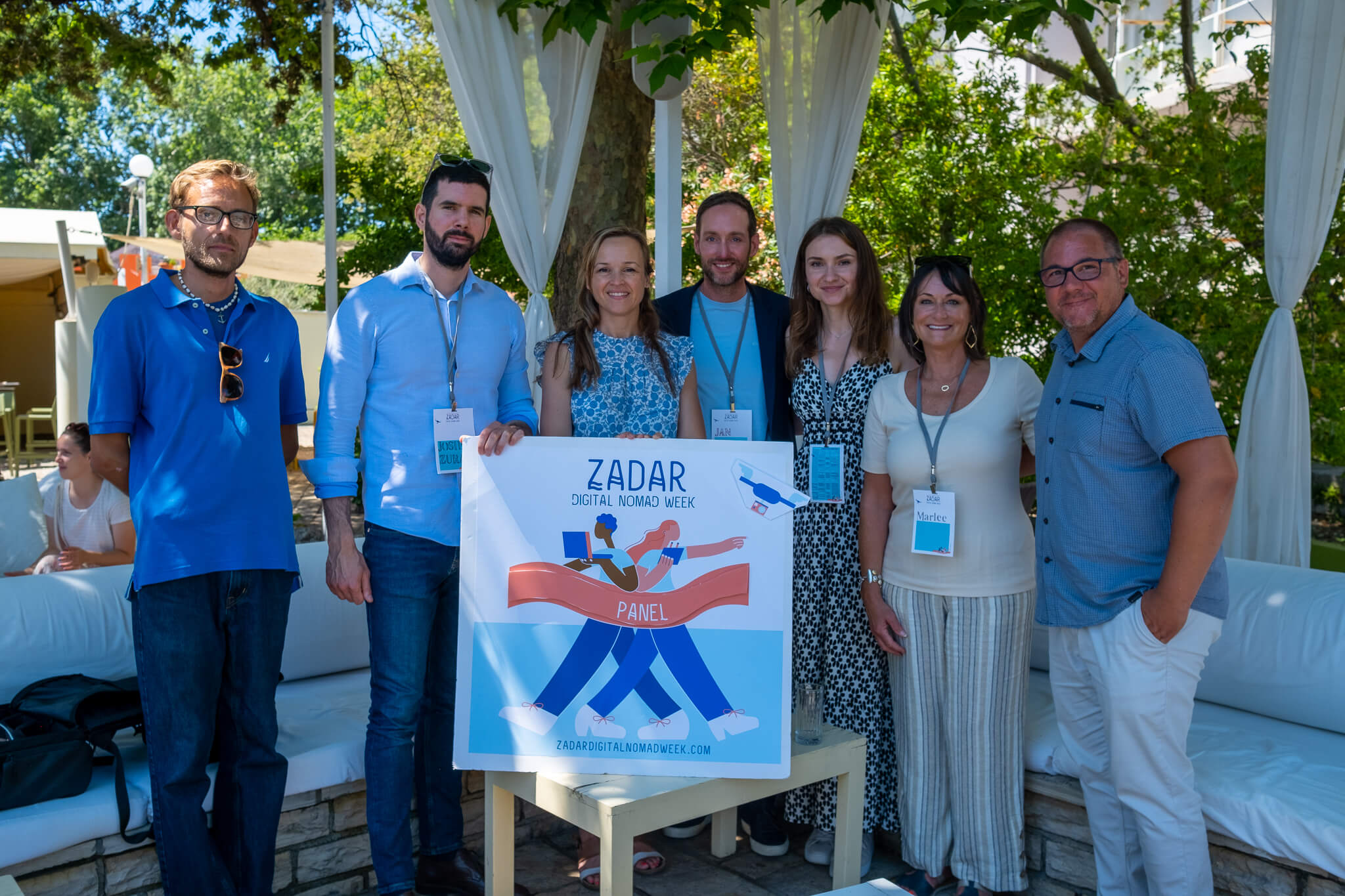
Photo: Jose Alfonso Cussianovich/Total Croatia News
After the press conference, we found ourselves at the next venue, just across the street. The Garden Lounge was the location chosen for the first panel of the Zagreb Digital Nomad Week, with a lineup that included Romana Konjevod from the Digital Nomad Association Croatia, Franjo Pehar from the University of Zadar, Jan de Jong from the Digital Nomad Association Croatia, Tanja Polegubić from Saltwater Nomads, Albert Anthony, and Josip Zurak from Authland Croatia. The panel was moderated by Marlee McCormick, one of the 10 winners of last year's Dubrovnik Digital Nomad in Residence, and panelists shared their experiences and insights on local businesses and nomads.
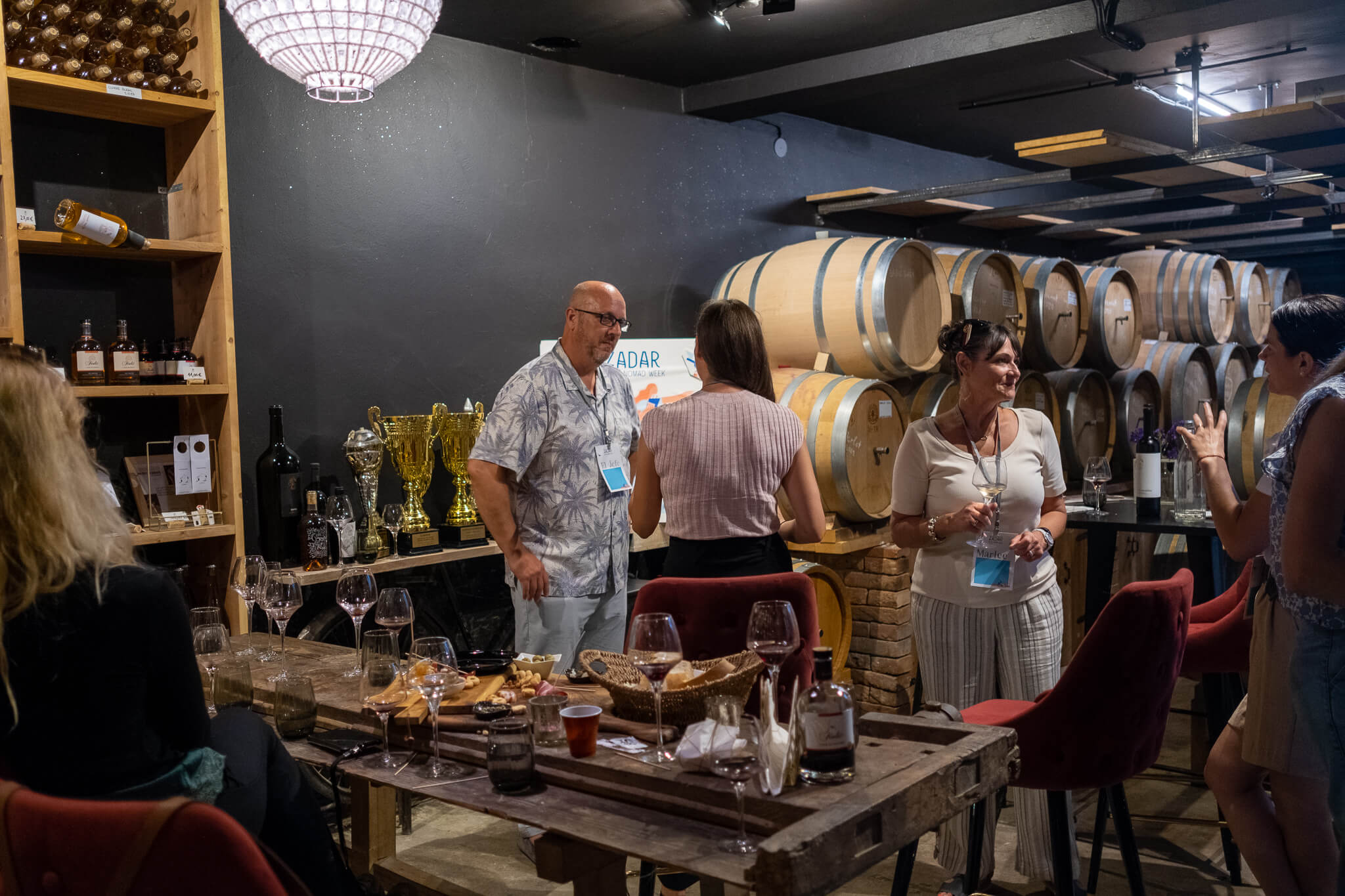
Photo: Jose Alfonso Cussianovich/Total Croatia News
There is no big event in Croatia without a space to taste good wine, and that is why we went to the Fiolić winery, where in addition to trying some of its internationally renowned wines and some delicious appetizers, the attendees would be part of a masterclass offered by Marlee McCormick and her husband Jeff Burke on how to podcast like a pro. The Texans used their extensive knowledge from their radio and podcast backgrounds to deliver a great class that covered everything from conceiving an idea to creating a podcast, to the tools needed to produce it.
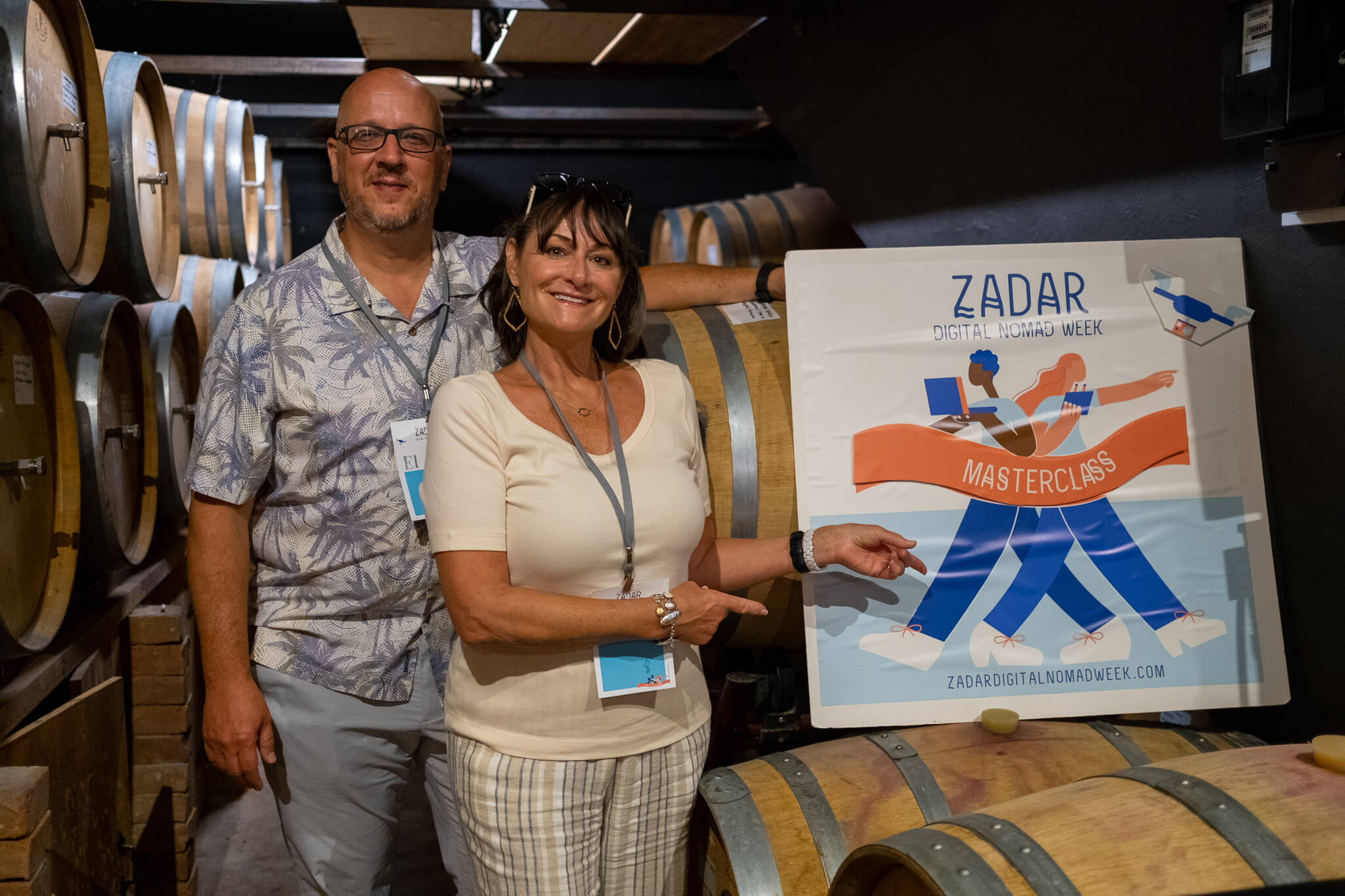
Photo: Jose Alfonso Cussianovich/Total Croatia News
The master class could not have been better accompanied, as Ana Fiolić from the Fiolić winery allowed the attendees to try an excellent red wine, white wine, rose and even a delicious homemade rakija.
The last venue of the date would be Code Hub Zadar, a coworking space located on the campus of the University of Zadar, where different workshops would take place. KPMG delivered an in-person speed networking tax session from 4:00 p.m. to 5:00 p.m., and digital nomads were able to learn more about the tax system in Croatia, and specifically for remote workers like them. An online masterclass by Maya Middlemiss followed, in which virtual attendees were able to learn a little-known side of the podcast world, on how to create one that fits the business world.
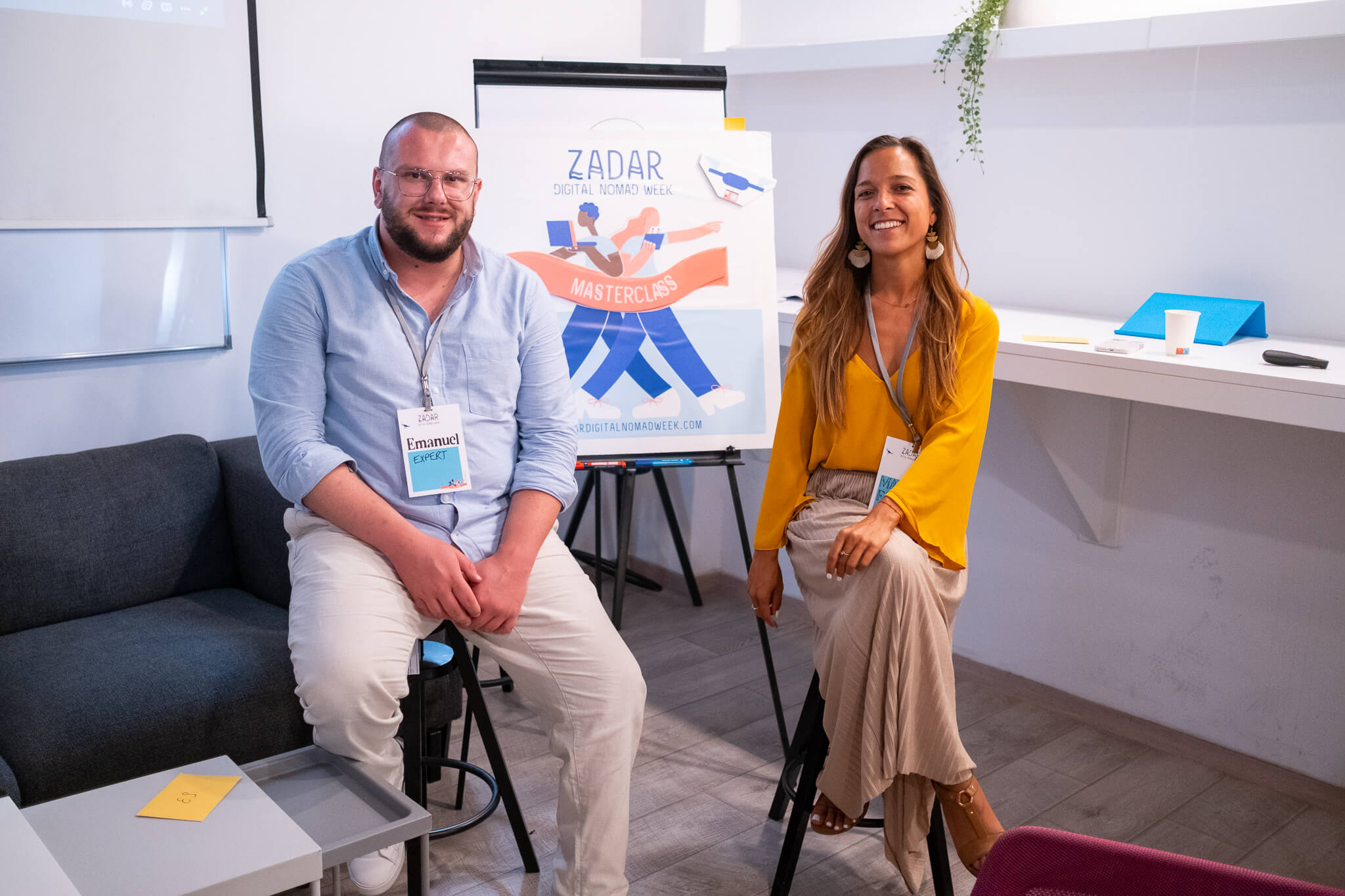
Photo: Jose Alfonso Cussianovich/Total Croatia News
Finally, the day closed at Code Hub Zadar with a LinkedIn masterclass with Mandy Fransz, one of the LinkedIn 2022 top voices, who with her co-host Emanuel Stojanov, delved into the dos and don'ts in that platform. Mandy emphasized that LinkedIn is no longer a platform solely for job searching or posting job offers, but beyond. Now, LinkedIn allows its users to connect with thousands of other users with whom they can find diverse opportunities for collaboration or even as an educational platform. Mandy, at the end of her presentation, gave attendees the opportunity to analyze their profiles to see how they can improve their ranking on the platform.
It was definitely a day that had it all: panels, networking, wines, podcast masterclasses and LinkedIn... and there was still a long way to go to get closer to the end of Zadar Digital Nomad Week.
For the latest news and features about digital nomads in Croatia, check out the dedicated TCN section.
Zadar Digital Nomad Week Diary: Third Day
June 18, 2022 - On the third day of the Zadar Digital Nomad Week, the participants were able to enjoy a program that brought them closer to the rich history and spectacular landscapes in the Zadar region, beyond the city.
After a successful couple of days introducing Zadar Digital Nomad Week, where the participants were able to familiarize themselves with the Dalmatian city and get to know each other better, the program continued with activities that would take them briefly out of the city to enjoy some gems that few know in the region. The slogan of the third day of the Zadar Digital Nomad Week was ''Recharge in Nature'', and it is unique that few regions in Croatia can boast of having so many varied National Parks located less than an hour from the city: Kornati and Telašćica in the sea, and Paklenica, North Velebit, and Velebit in the mountain range. Ideal to disconnect from work and reconnect with the natural surroundings.
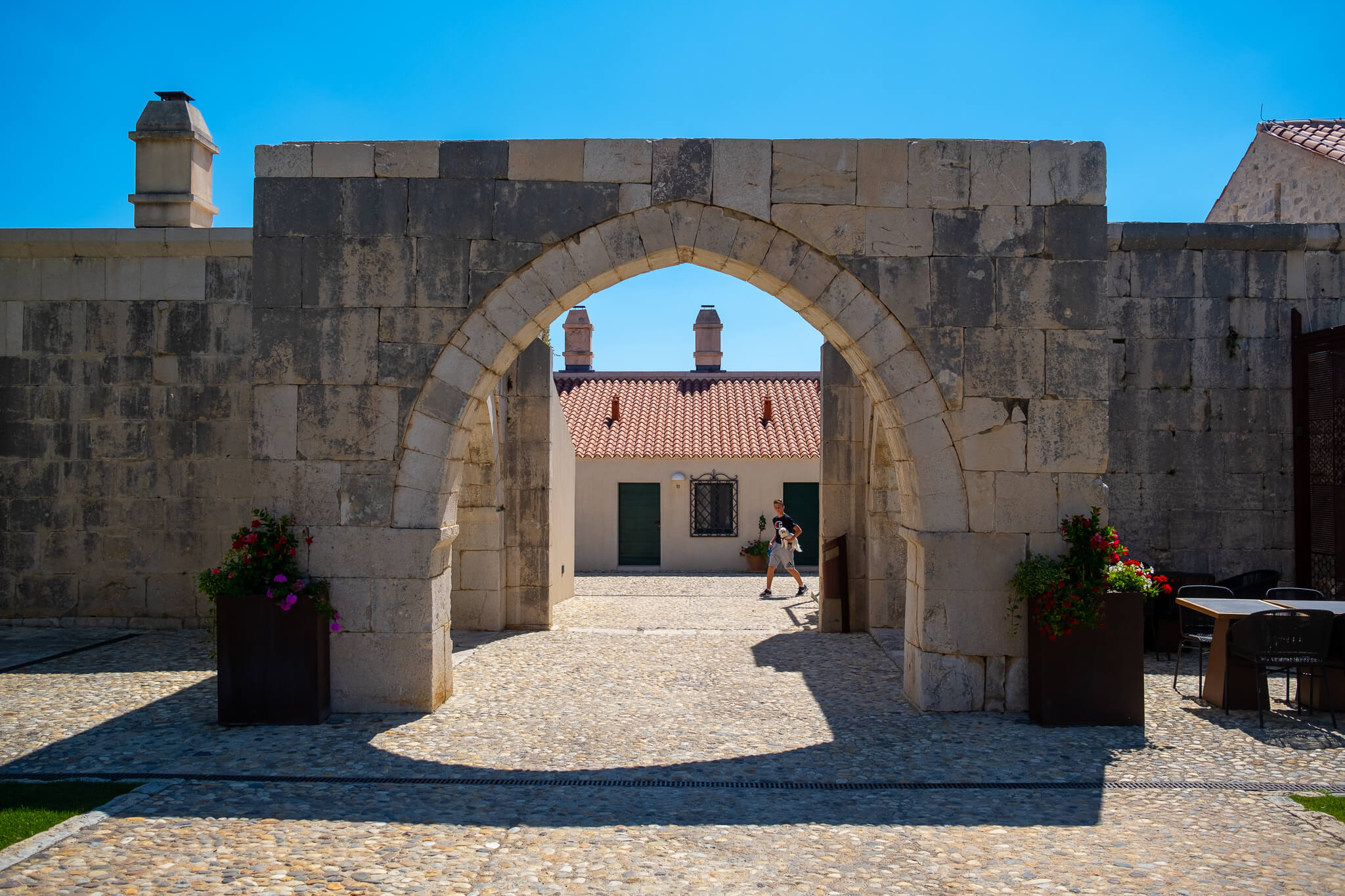
But before exploring the natural landscapes of the Zadar region, it was necessary to start the third day of the Zadar Digital Nomad Week with something to eat and, as a great bonus, some important history of the area. Fifty minutes from the city by car, and located in the Pakoštane area, is the historic Ottoman residence of Maškovića Han. The construction of Mašković Han began in 1644 by the order and funds of Jusuf Mašković, originally from Vrana, a high dignitary on the Sultan's court and a supreme admiral of the Turkish fleet. Han was intended to be a summer house/residence for Mašković when he returned from Constantinople to his homeland. It was conceived as a luxuriant monumental and modern building that would have all the necessary comforts, including a Turkish bath-Hamam.
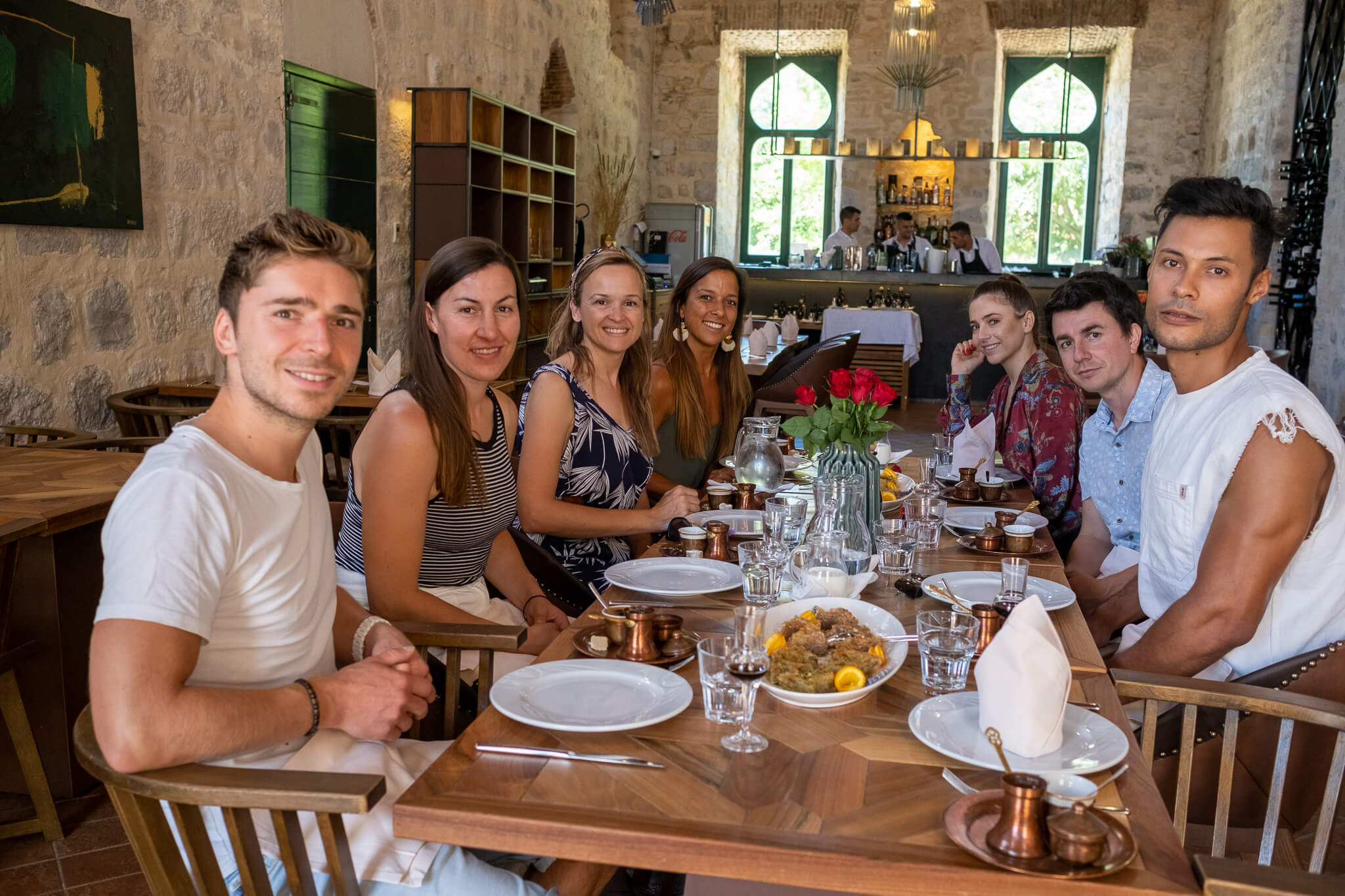
Significant funds were invested in the construction, and there were even 500 workers working on it every day. In 1645, Mašković, with 60,000 warriors, conquered Crete, and the nobility that he showed towards the captured Venetian soldiers and citizens made him one of the most prominent warriors of all time, but he provoked the anger of the sultan who summoned him to the court where Mašković was then executed. His tragic destiny left a trace also on Han, which was not completed in the planned form, but rather in a much more modest form.

Within the Ottoman walls of Maškovića Han, ZDNW participants enjoyed a spectacular Turkish coffee and baklava to calm their appetite, followed by a hearty lunch to fuel up for the day's next activities.
Following an excellent brunch and lunch at Maškovića Han, we headed to the shores of Lake Vrana, the largest lake in all of Croatia. One would think that, due to its impressive size, it would be found on a beach on the Adriatic coast, but in reality, it is a magical freshwater destination that is worth exploring in the summer as an alternative to beaches and coves. Under the shade of the trees provided by Camp Vransko Lake Crkvine, we were able not only to rest and properly digest lunch, but also to catch up on work. Isn't that the essence of being a remote worker in the middle of nature?
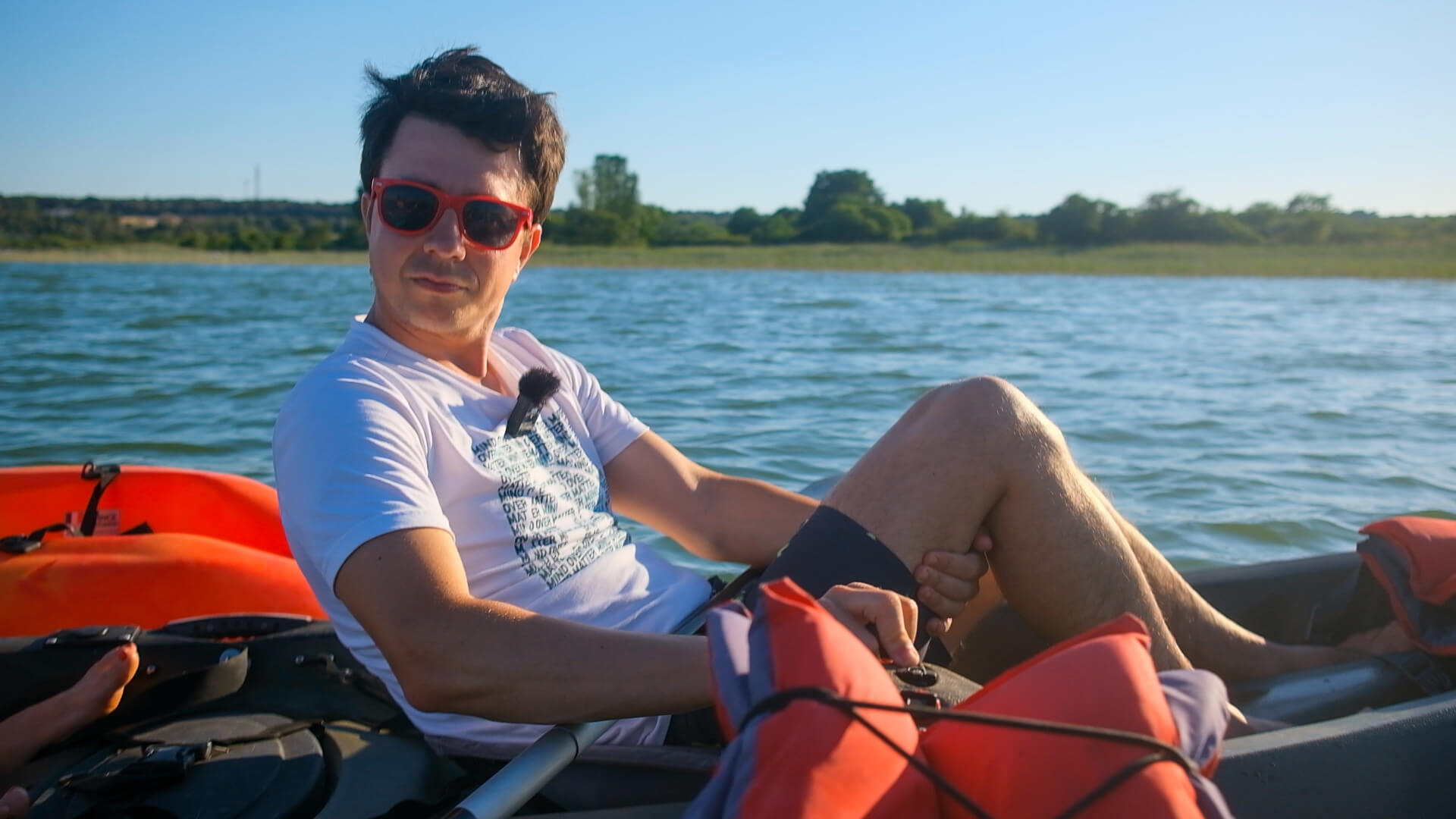
After recharging our batteries, a very unique activity followed. We got on kayaks and paddled to enter the waters of Lake Vrana, where Michael Freer offered a keynote on the social impact of being a digital nomad in each destination they go to. Floating in the refreshing waters of the largest lake in Croatia, we were able to learn more about the different ways one can get involved socially in Croatia, such as volunteering and social development projects. Who better to offer the keynote than Michael, who in his many years in Croatia has managed to lead various social projects.
After the keynote, we met again in Maškovića Han, where a van was waiting for us to go to the next and last destination of the day. At Maškovića Han, we had a special reunion with some dear familiar faces from last year in Dubrovnik: Marlee and Jeff McCormick, who participated in the memorable Digital Nomads in Residence program at the Pearl of the Adriatic. They flew from their home, in Texas, to spend a few days enjoying the excellent June weather in the Adriatic and to be part of the Zadar Digital Nomad Week.

We drove in the early evening hours to Vidikovac Kamenjak, just 20 minutes from Maškovića Han: a viewpoint located on the top of the peaks behind the Vrana lake with perhaps the best view I have ever had in my life. I must admit how hard it is for me to explain in detail what one can feel with the landscapes from that viewpoint and, above all, with the sunset falling.
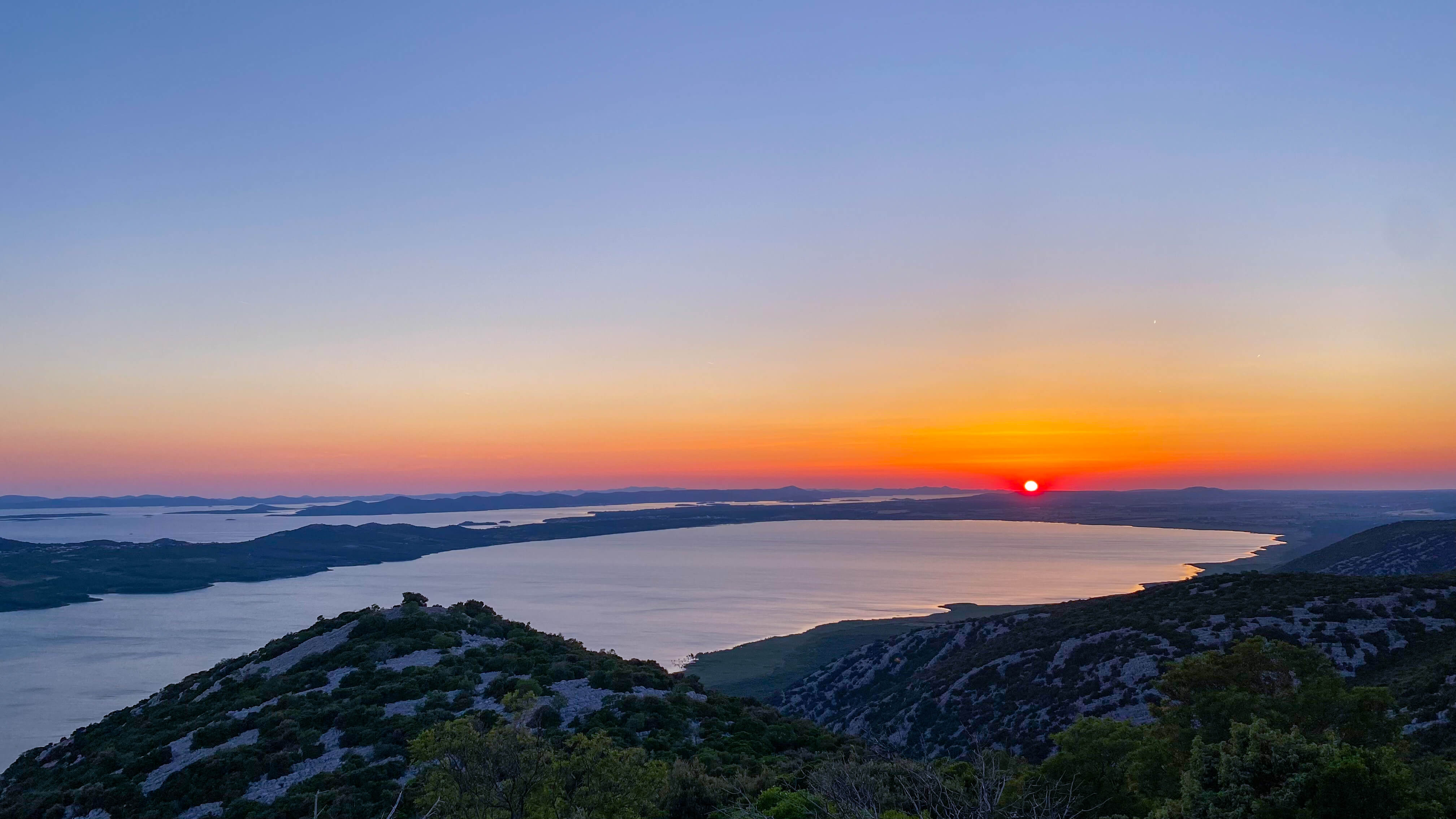
With just a turn of the head, one is able to appreciate the island of Murter north of Šibenik, the archipelagos of Kornati and Telašćica, or the islands of Žut and Pašman, belonging to Zadar. And, of course, the lake of Vrana in all its immensity, in whose waters rested the last rays of daylight and, shortly after, a full moon that completely illuminated the lake. And the photos and sightseeing were not the only things, since Tanja Polegubić from Saltwater saw in this last activity of the day a great opportunity to share a picnic with fantastic proseccos, and delicious appetizers.
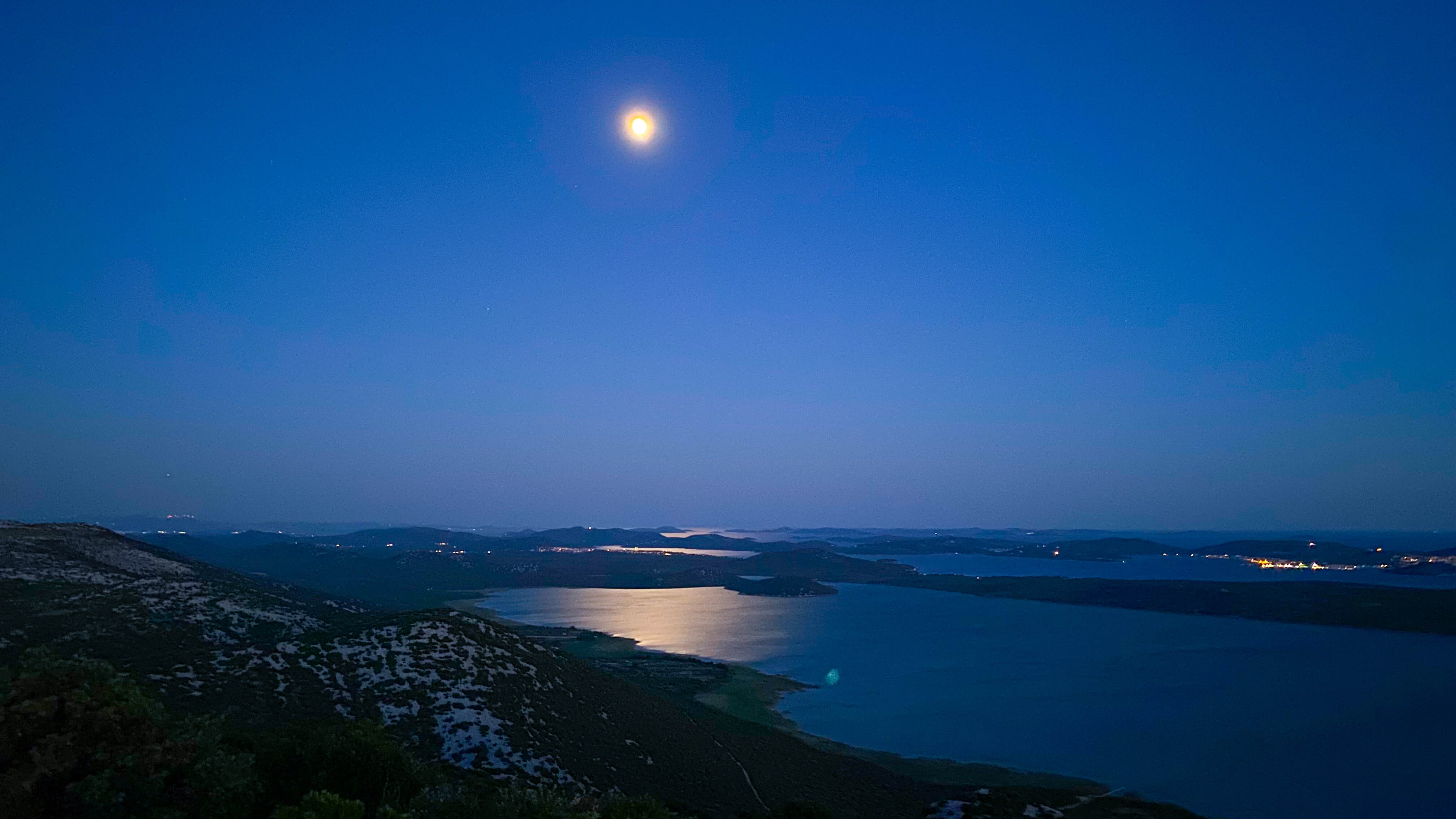
And that's how when night fell, we returned home to close a magical day in the nature of the Zadar region and ready to start the week with great energy and eager to see what the program had in store for us.
For the latest news and features about digital nomads in Croatia, check out the dedicated TCN section.
29 Weekly LOT Croatia Flights from Poland this Summer!
June 14, 2022 - The latest flight news to Croatia as 29 weekly LOT Croatia flights from Poland will run this summer.
LOT Polish Airlines has finalized its summer flight schedule to Croatia by announcing a new, third route to Rijeka and increasing weekly operations between Zagreb and Warsaw, reports Croatian Aviation.
The Star Alliance Group group member will operate 9 international routes from Poland to 5 Croatian airports at the peak of the summer season, namely to Rijeka, Zadar, Split, Dubrovnik, and Zagreb.
The largest number of weekly operations has been announced between Warsaw and Zagreb, where the airline's aircraft will operate 13 times a week, twice a day every day except Monday. Thus, LOT in Zagreb returned to almost the same number of flights as before the pandemic.
LOT already operates to Rijeka from Warsaw, once a week, and at the beginning of July, there are two more lines, from Zielona Góra (Sundays) and Rzeszów (Tuesdays).
Two lines have been announced to Zadar. From Warsaw once a week (on Saturdays) and from Rzeszów, also on Saturdays, from June 18.
On the line between Warsaw and Split, LOT will operate three times a week this summer, on Mondays, Wednesdays, and Sundays, and Boeing 737-800 aircraft have also been announced on this line.
LOT will connect Warsaw and Dubrovnik on a daily basis, and will additionally operate on the line between Dubrovnik and Krakow (every Saturday).
“Last year, we transported over 33,000 Poles to Croatia, and we hope for a much better result this year. I also hope that Croats will visit Poland in greater numbers," said the carrier’s CEO, Rafał Milczarski for Ex Yu Aviation at the beginning of June.
"Croatia is becoming more and more popular among our passengers each year and is becoming of interest for travelers outside of Warsaw as well. As we continue to increase our offer, both Zagreb and Croatia as a whole are becoming popular for short weekend breaks as well," he added.
“Our performance in Croatia is the result of consistent work by our team as well as the growing popularity of Croatia in Poland and the increasing number of Poles who want to come to Croatia within two hours," said LOT Board Member for Commercial Affairs, Michal Fijoł.
Overall, 29 weekly flights is a smaller number of operations compared to the 2019 summer flight schedule.
For more on flights to Croatia and other travel announcements, make sure to check out our dedicated travel section.


